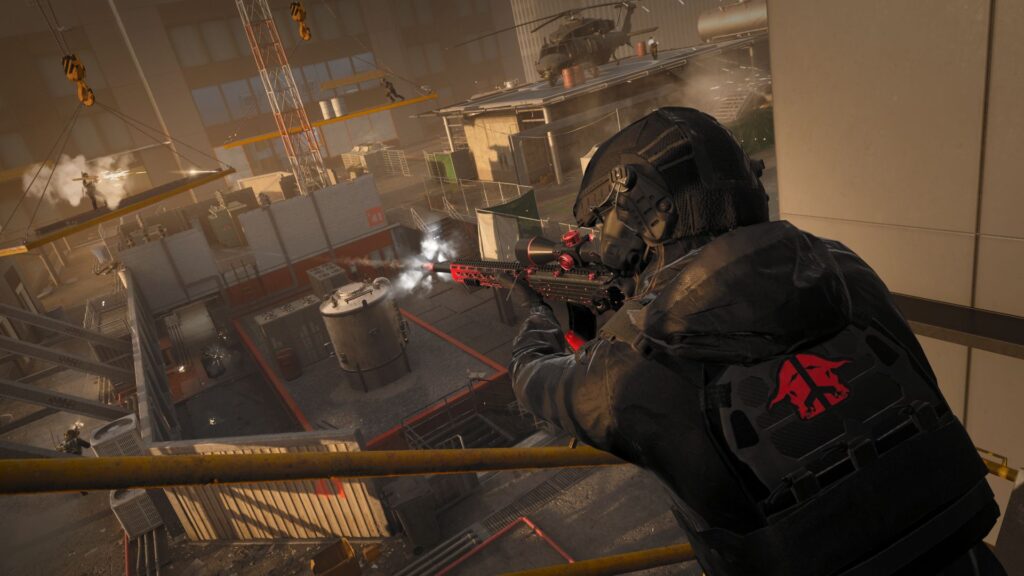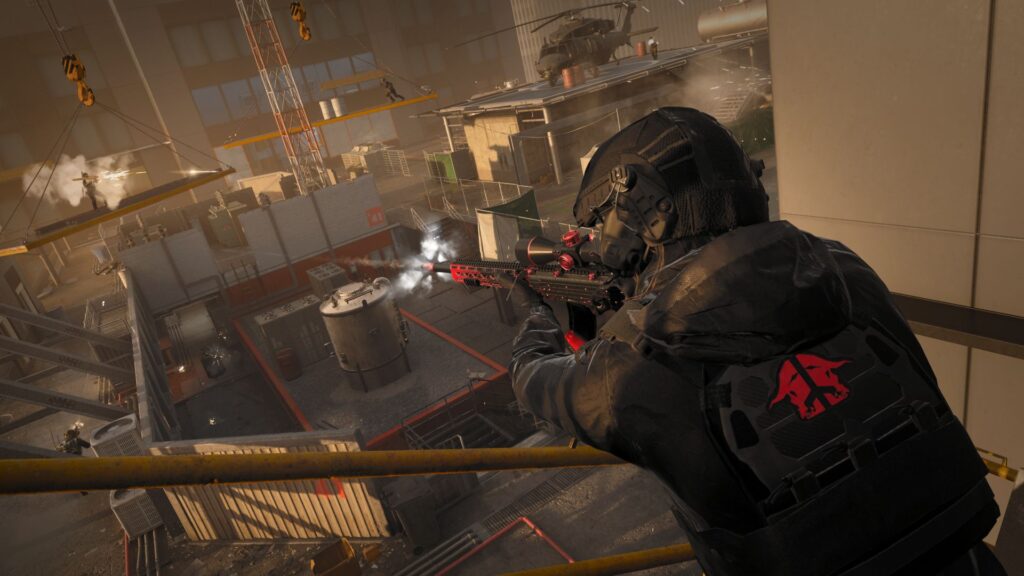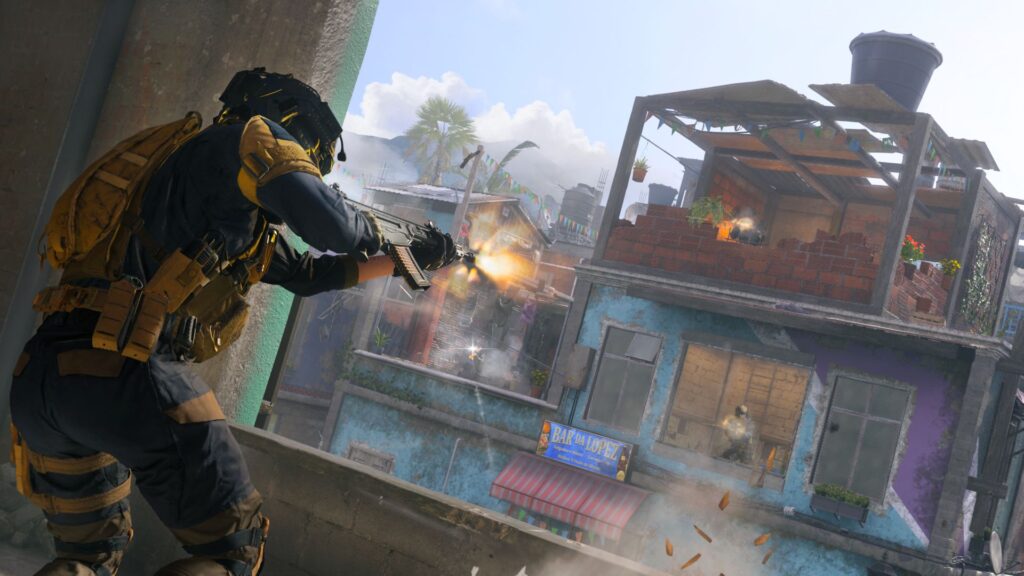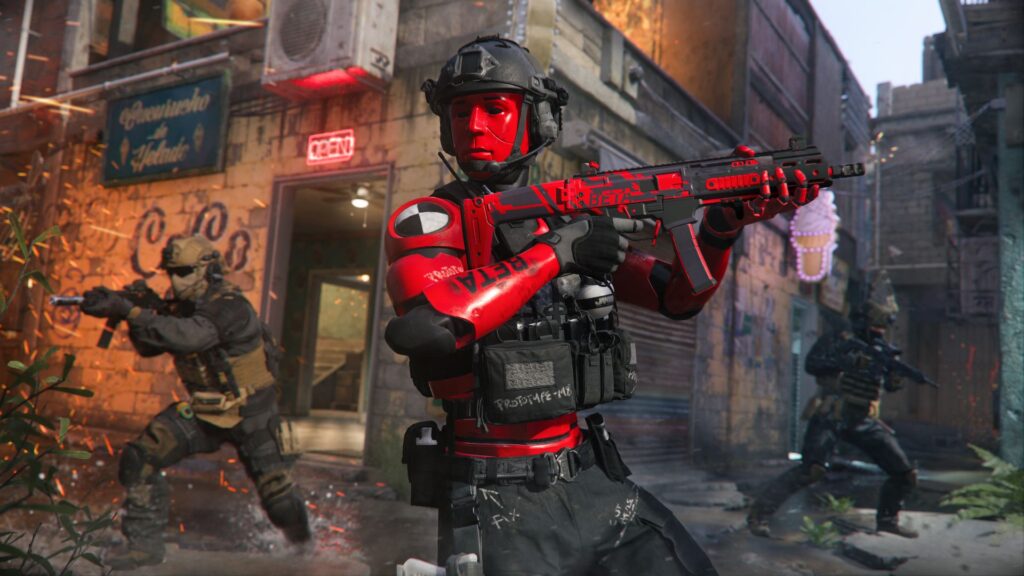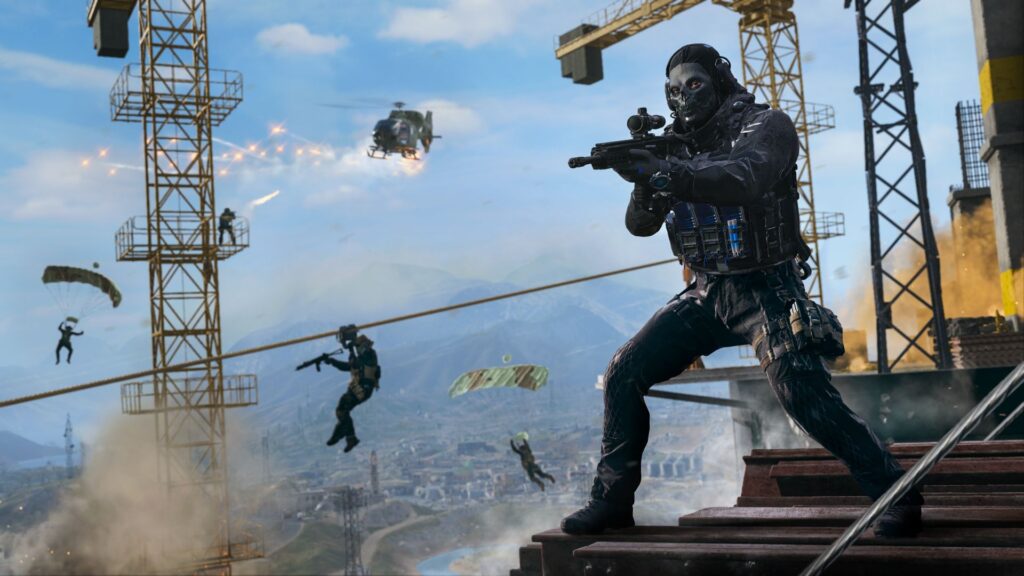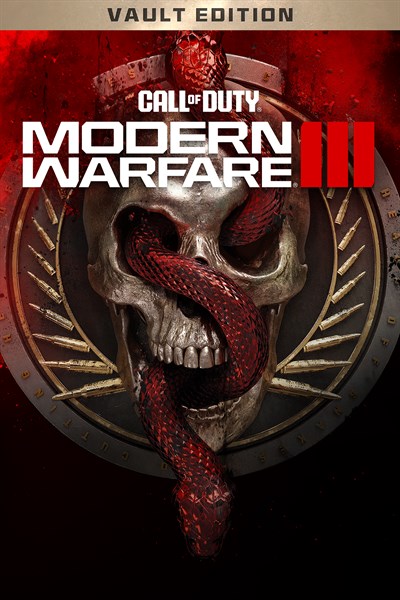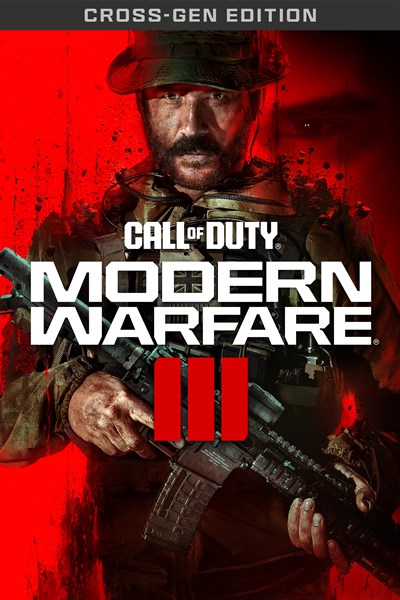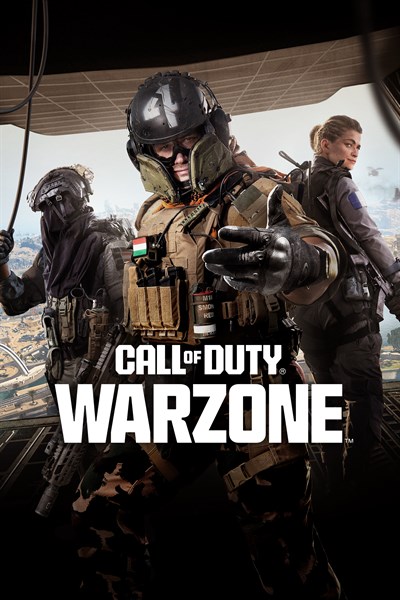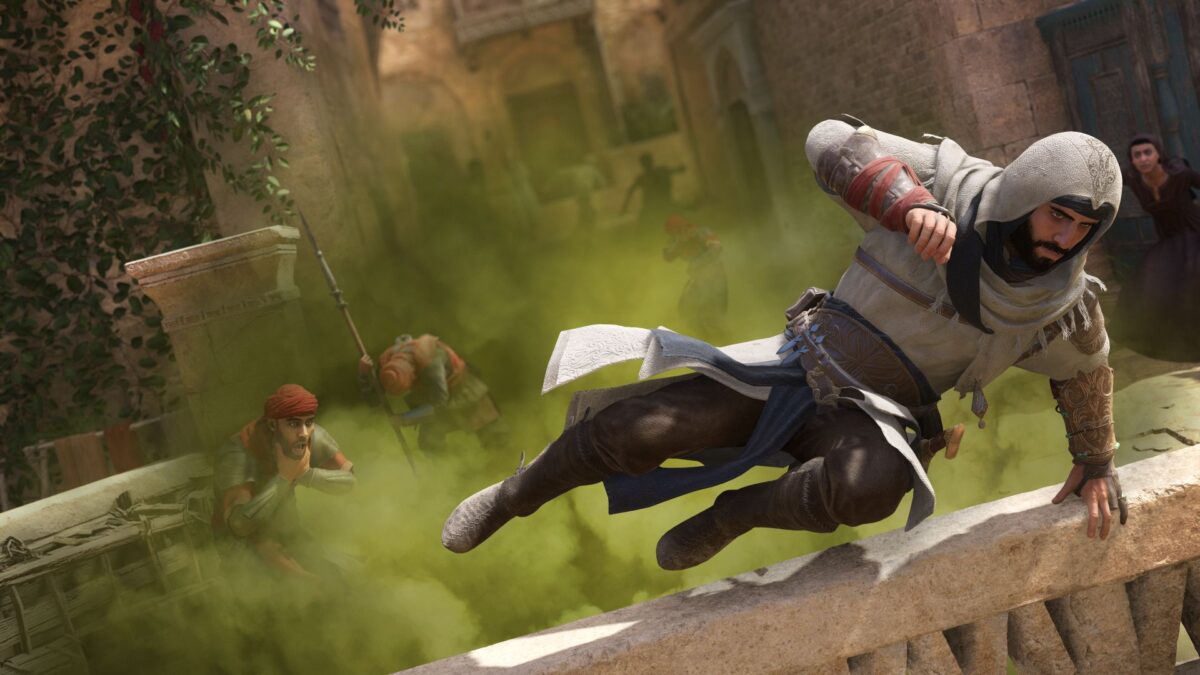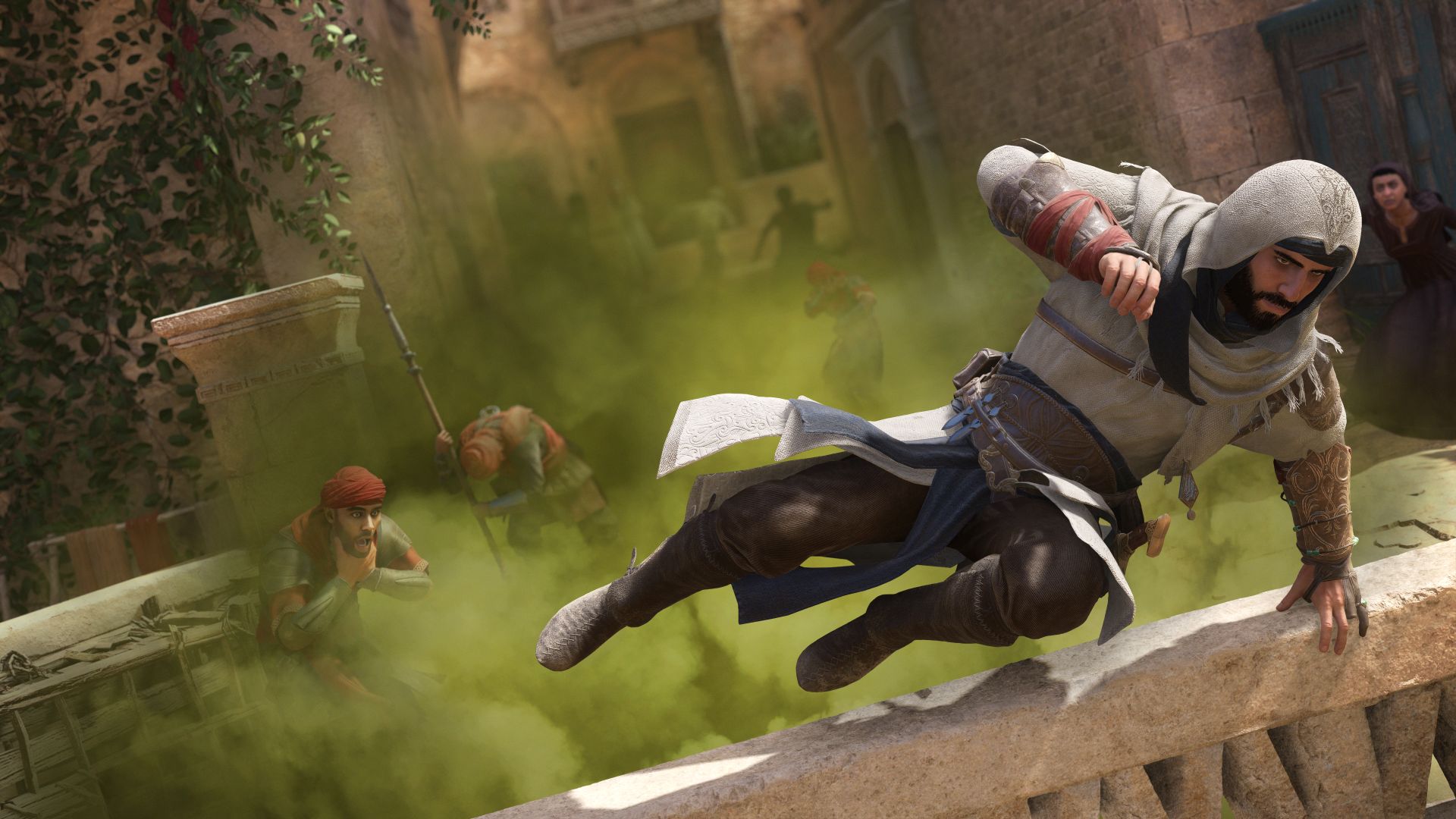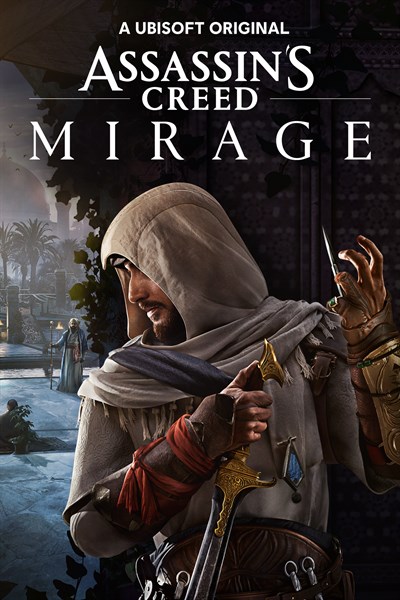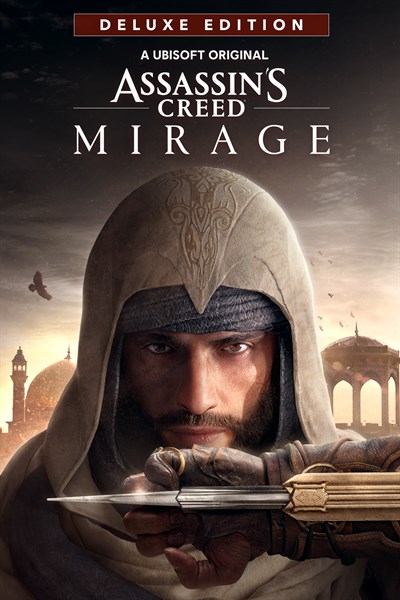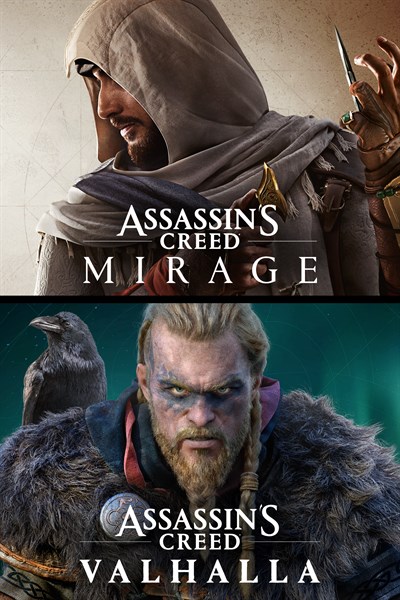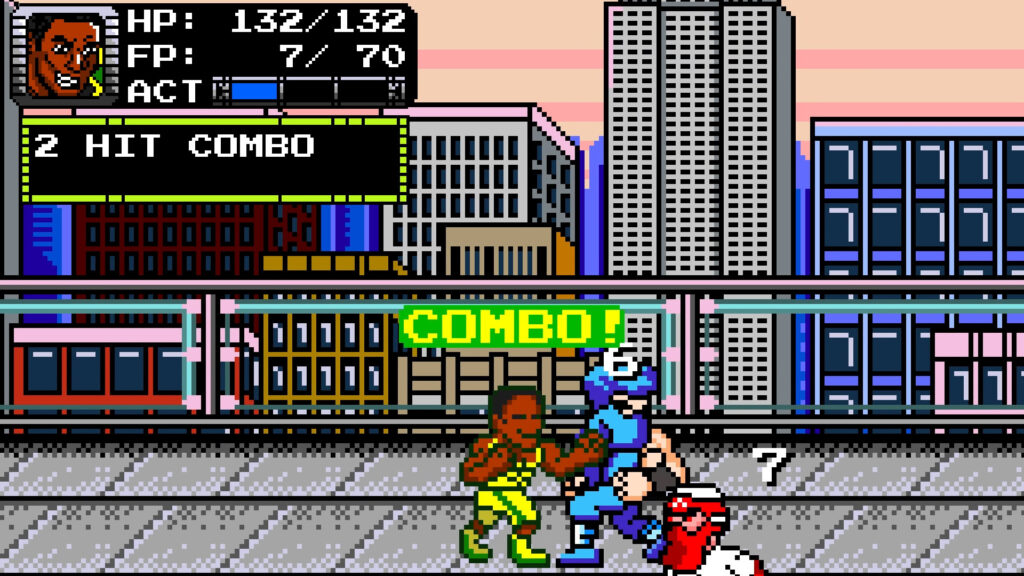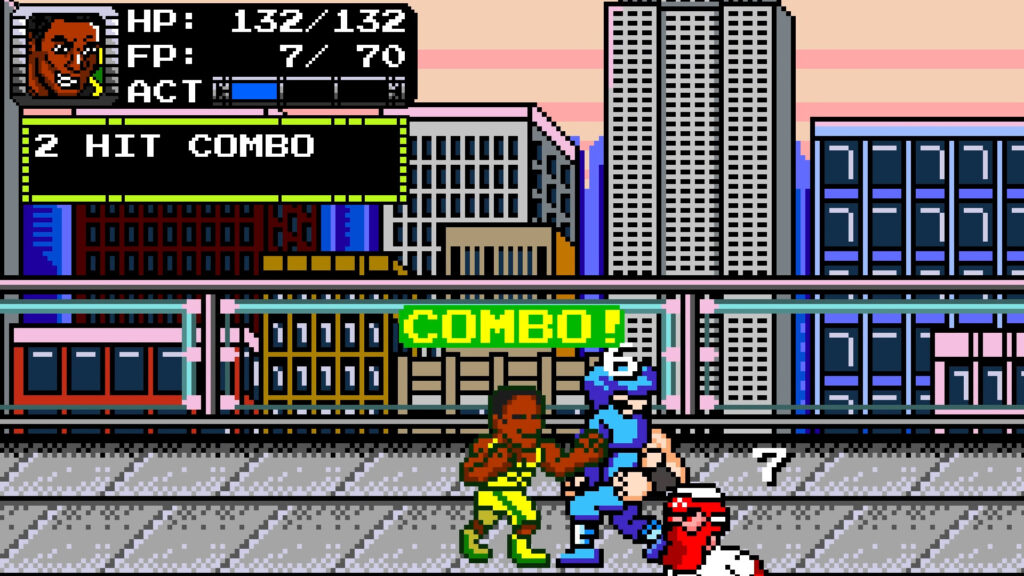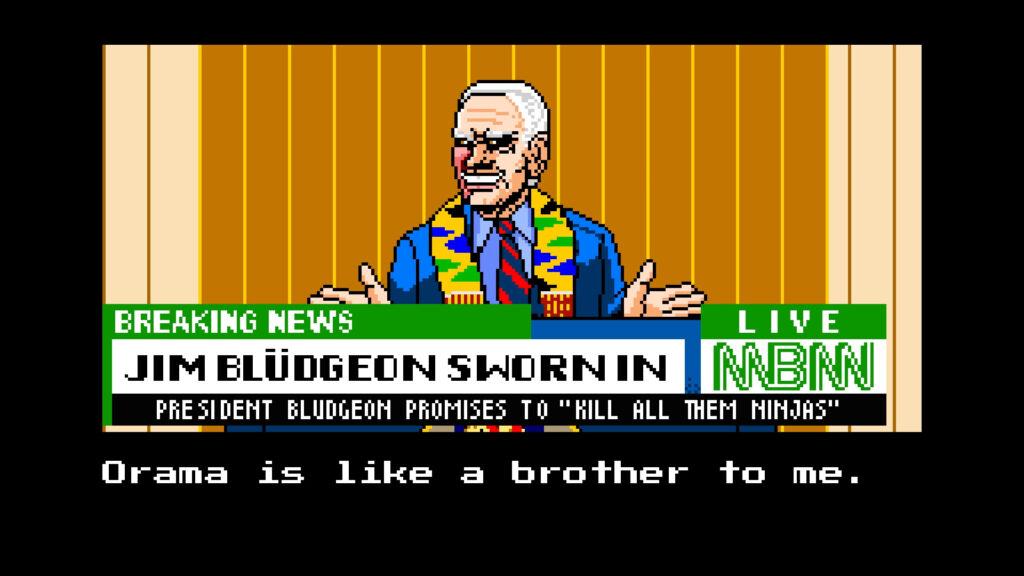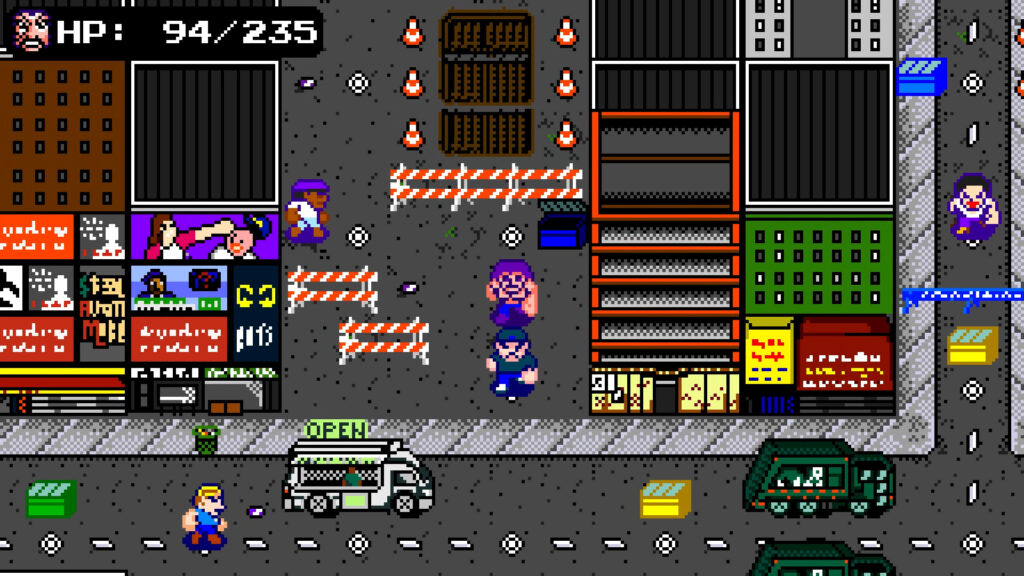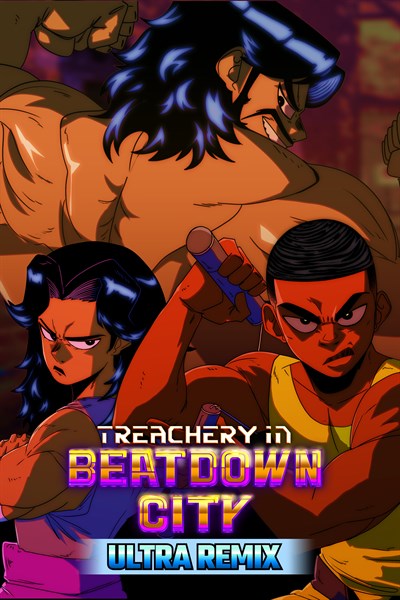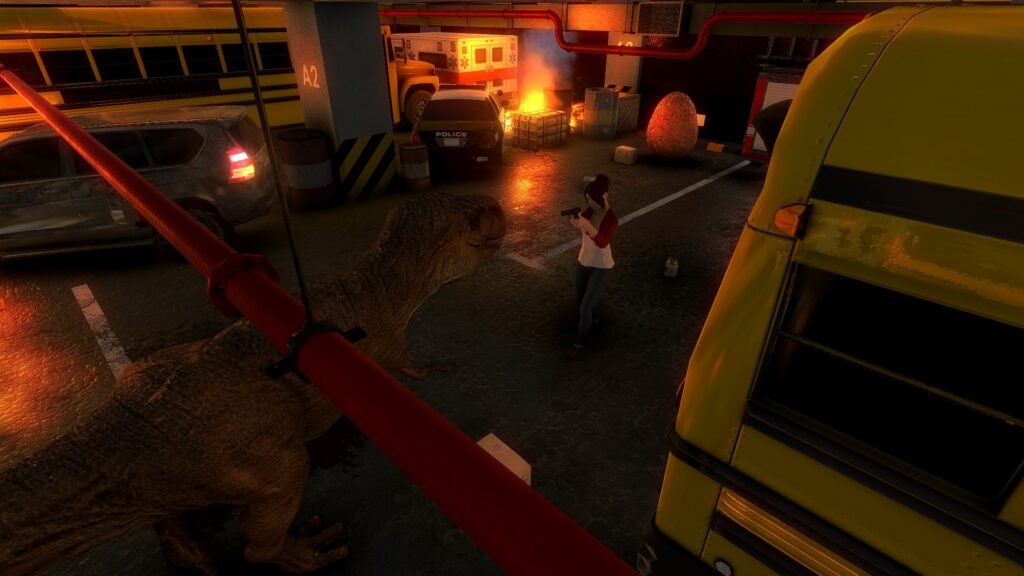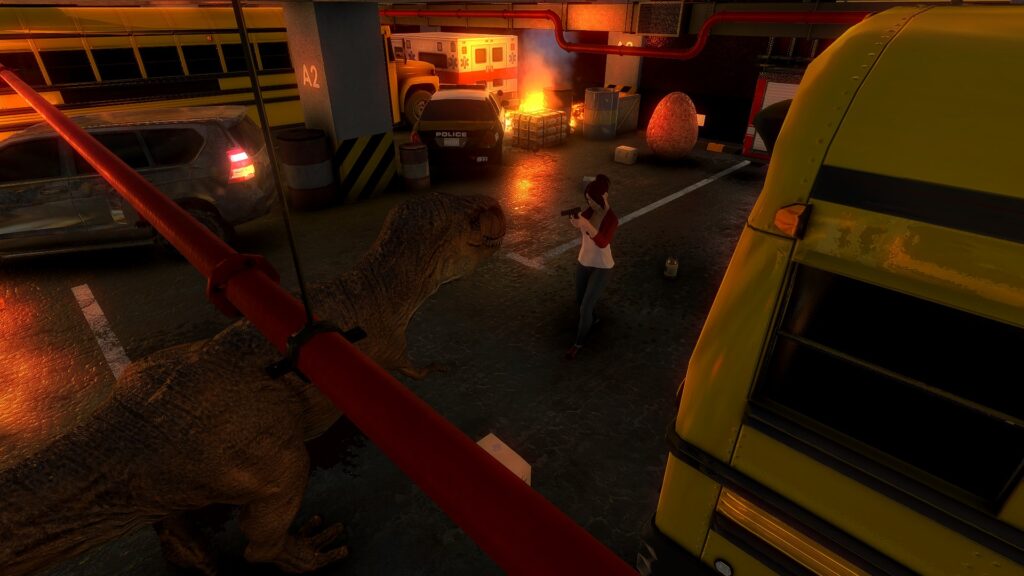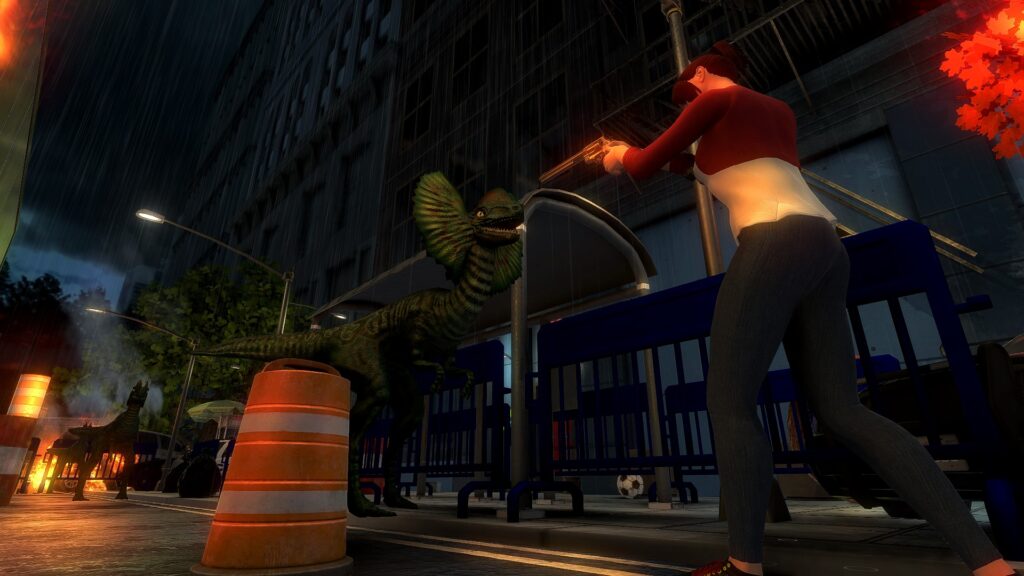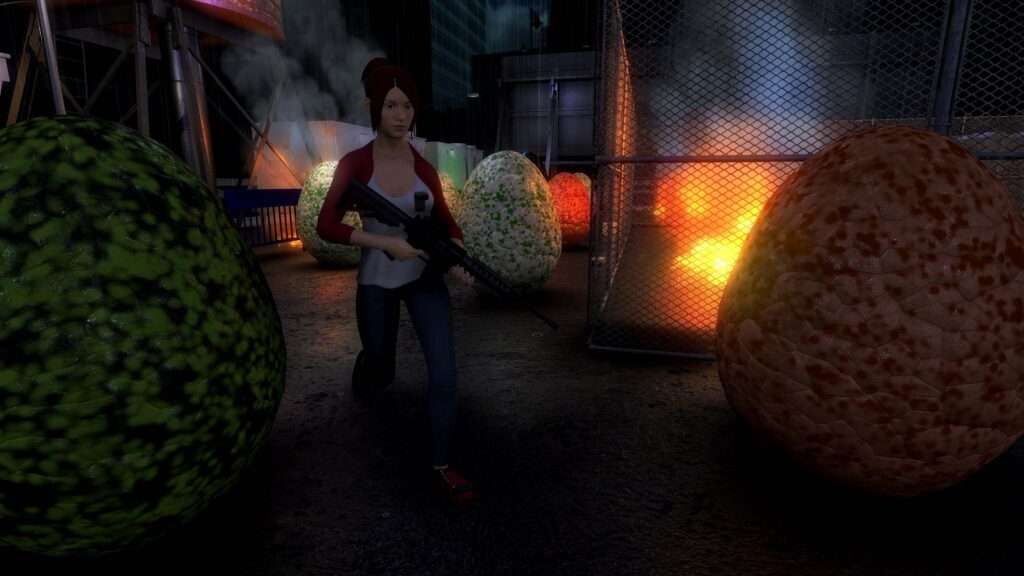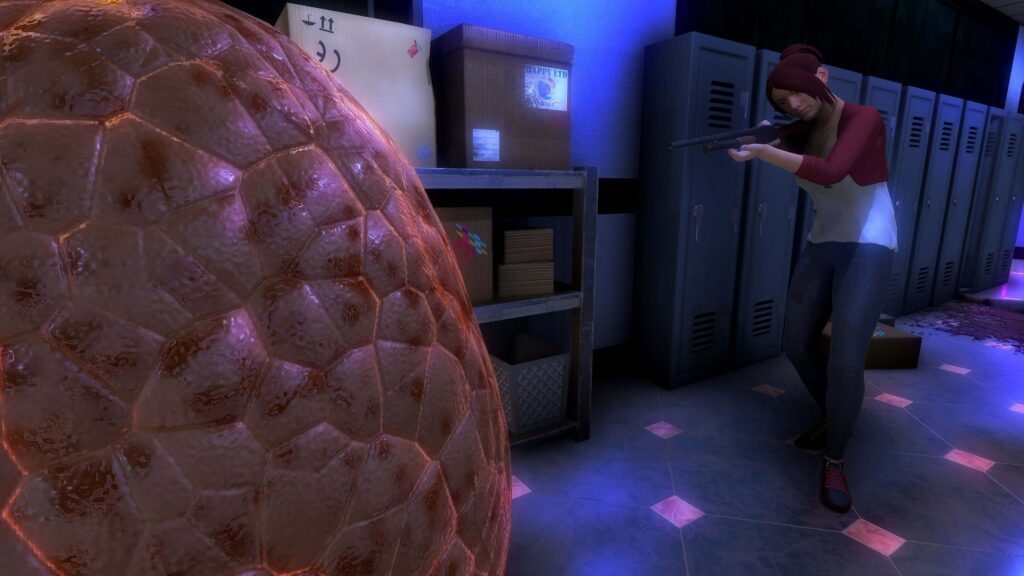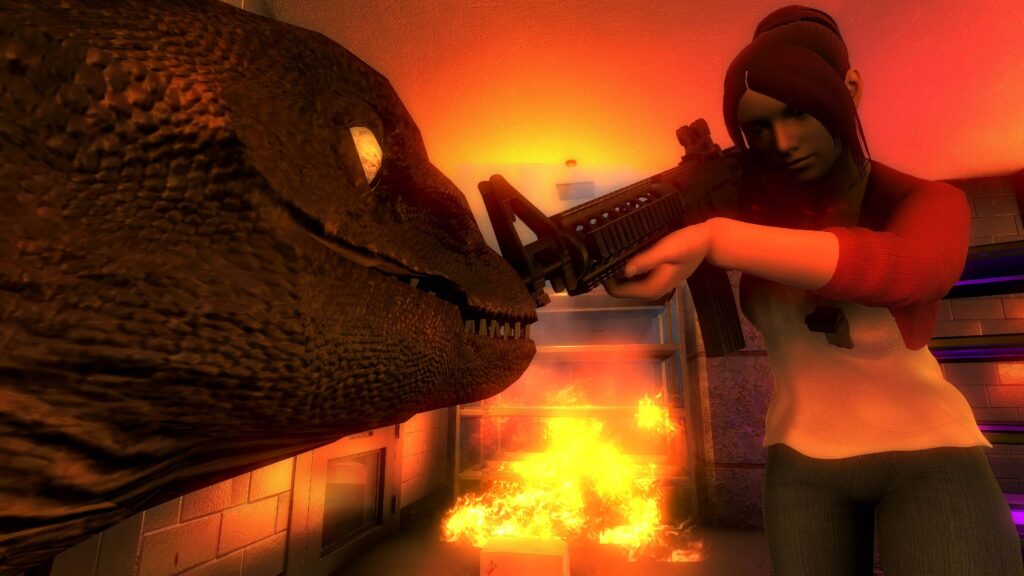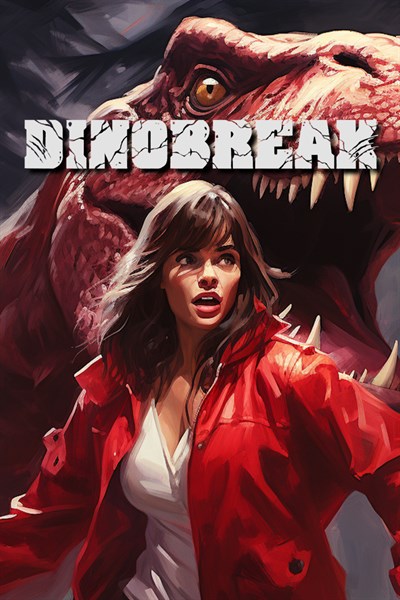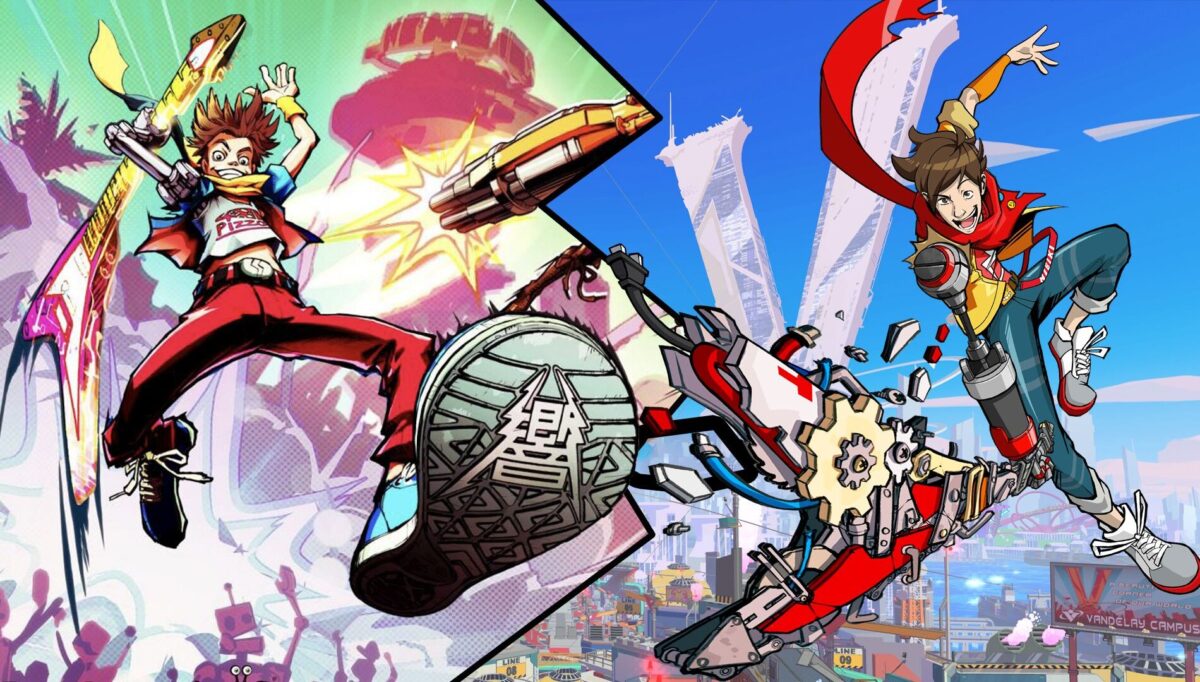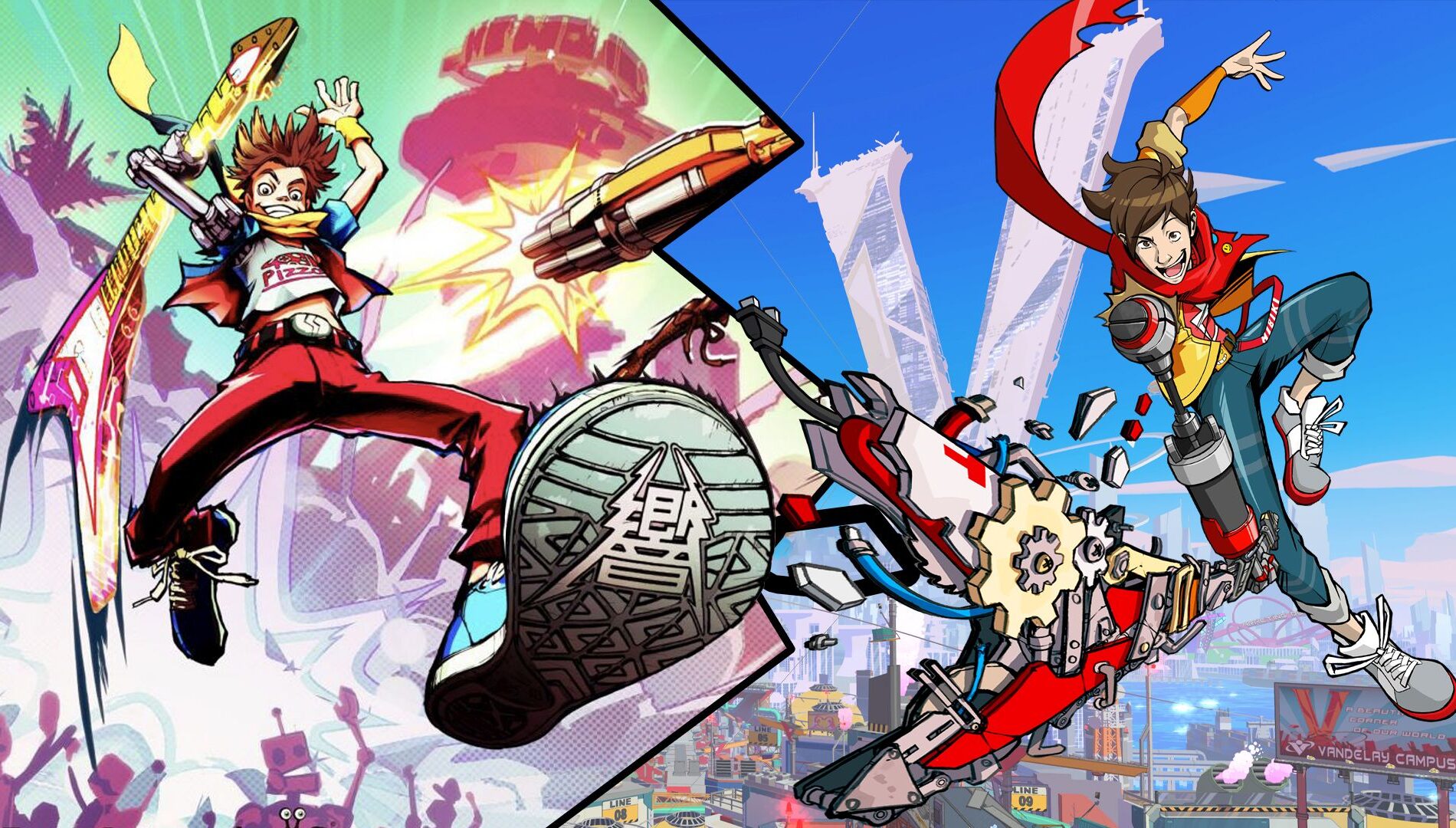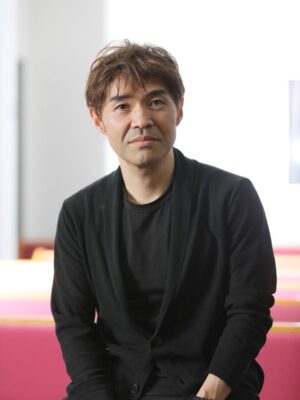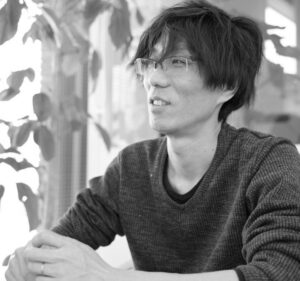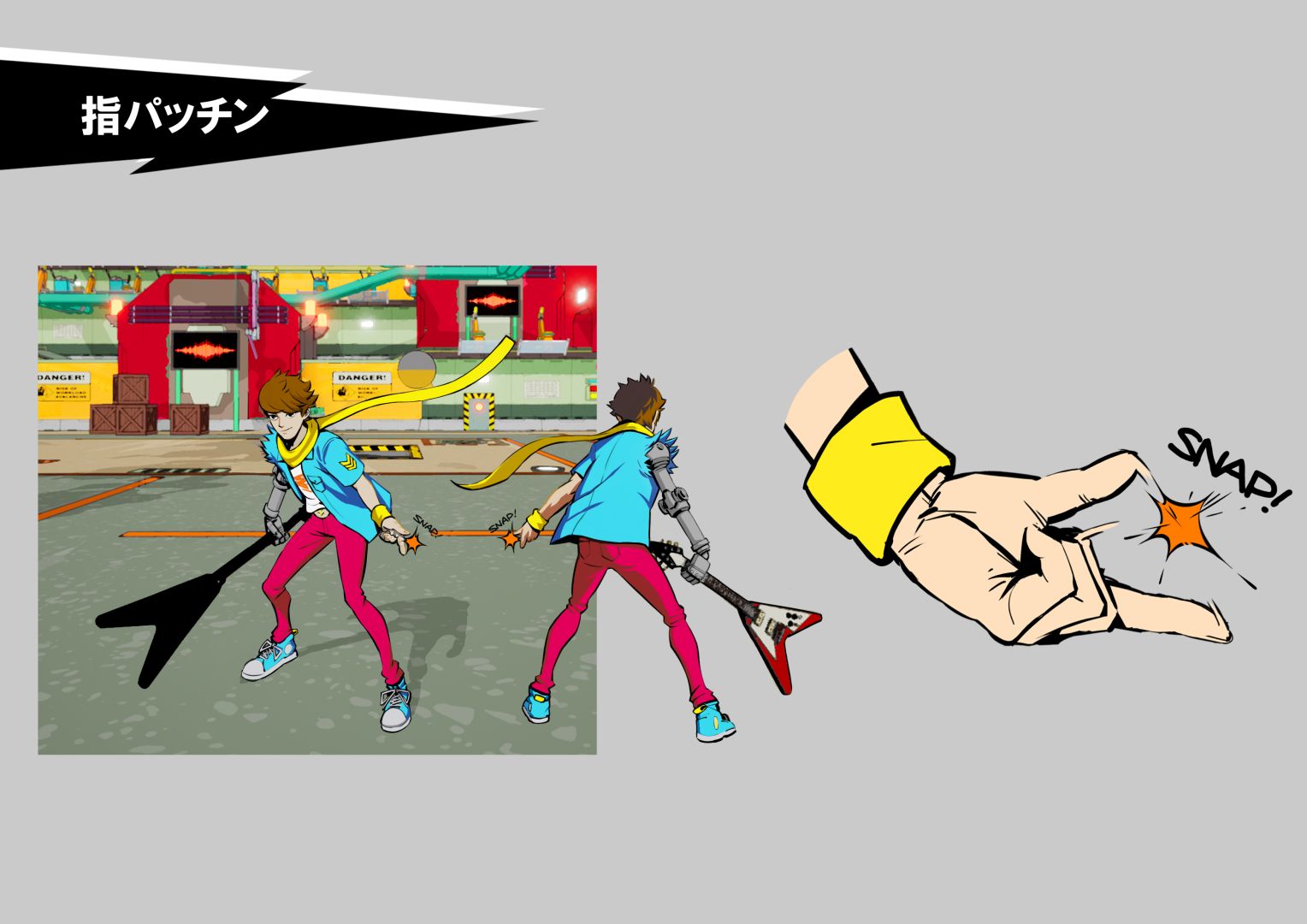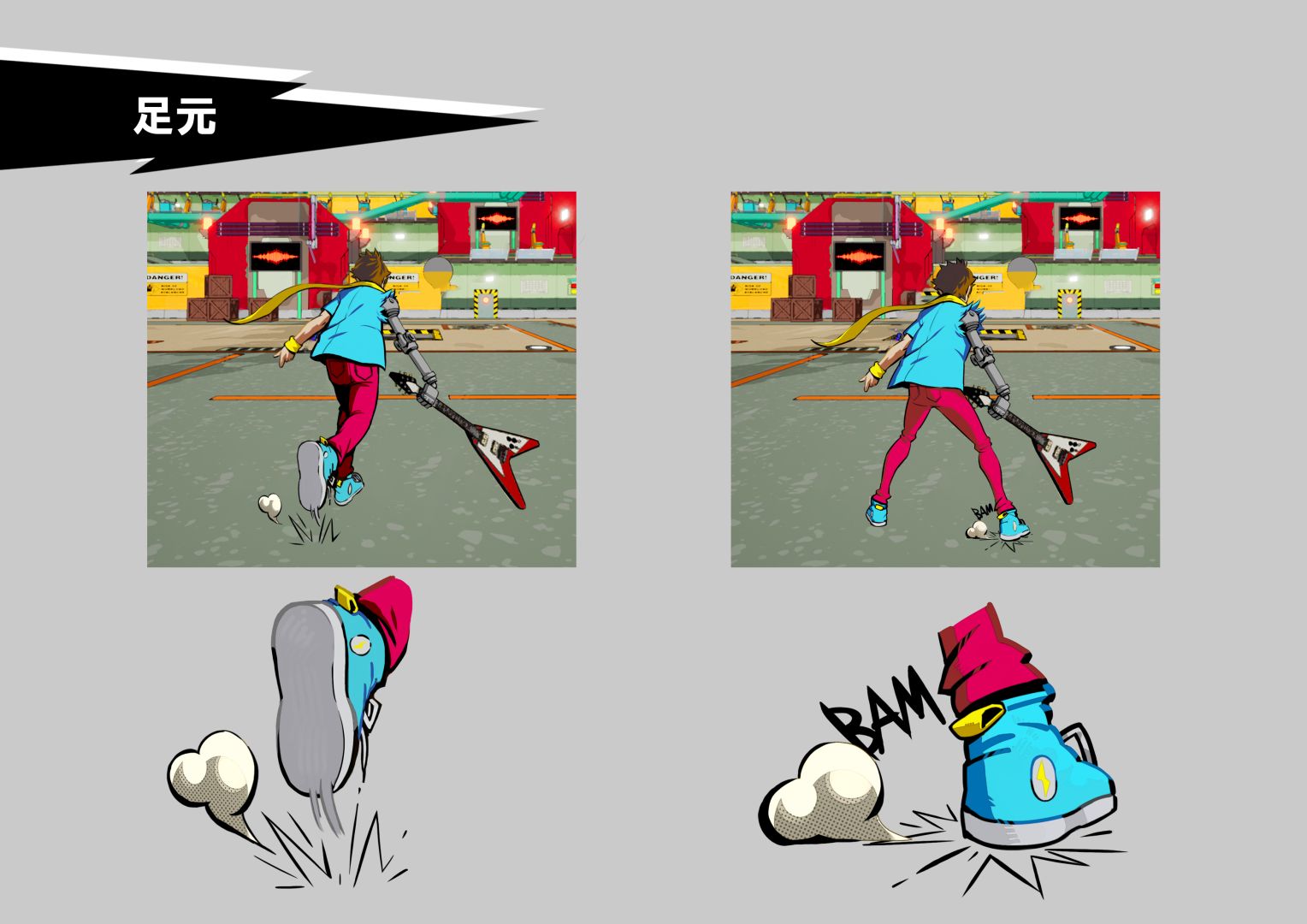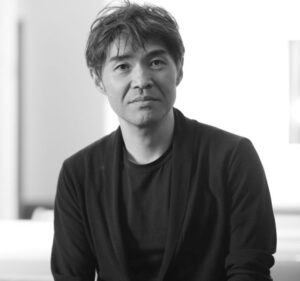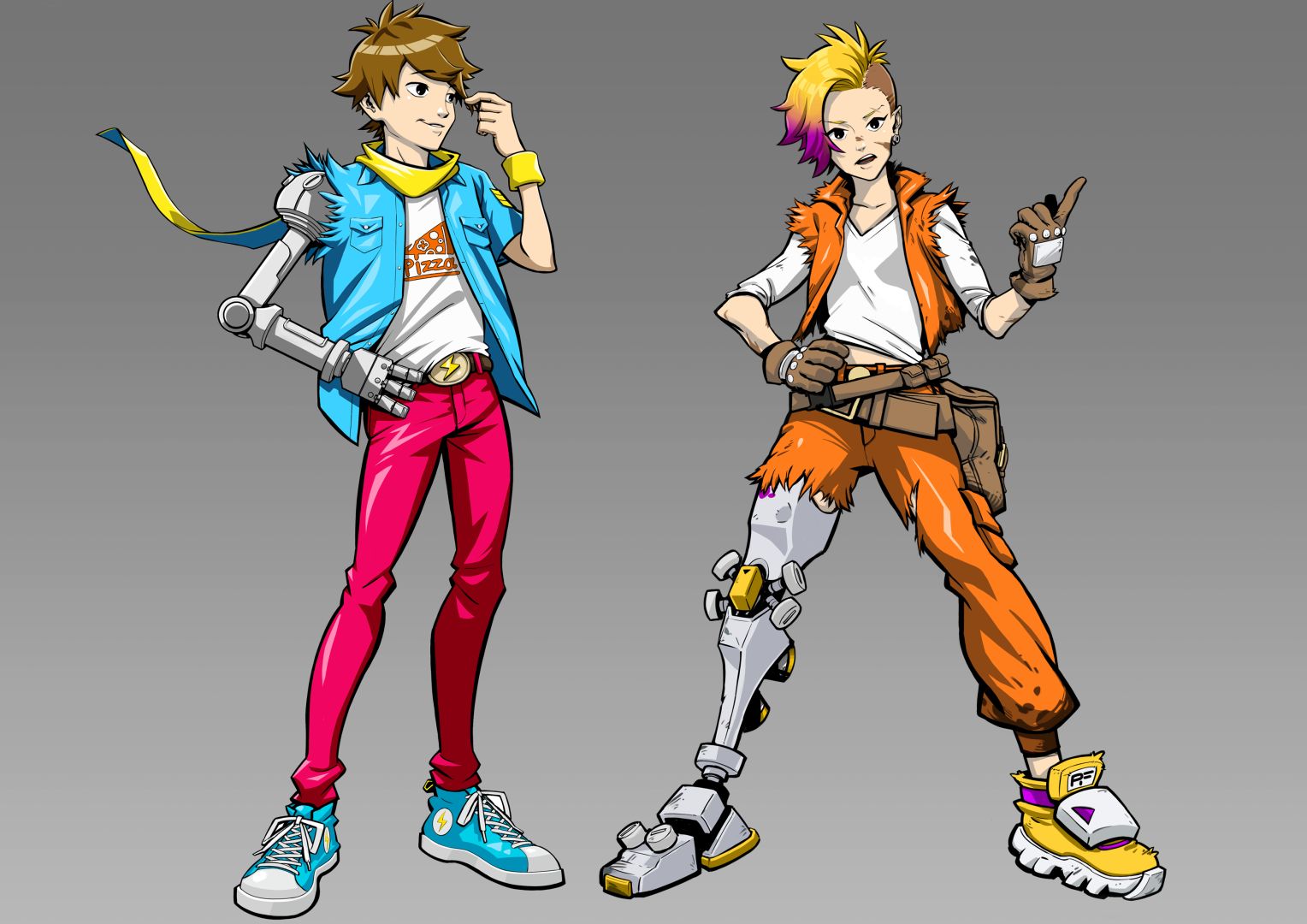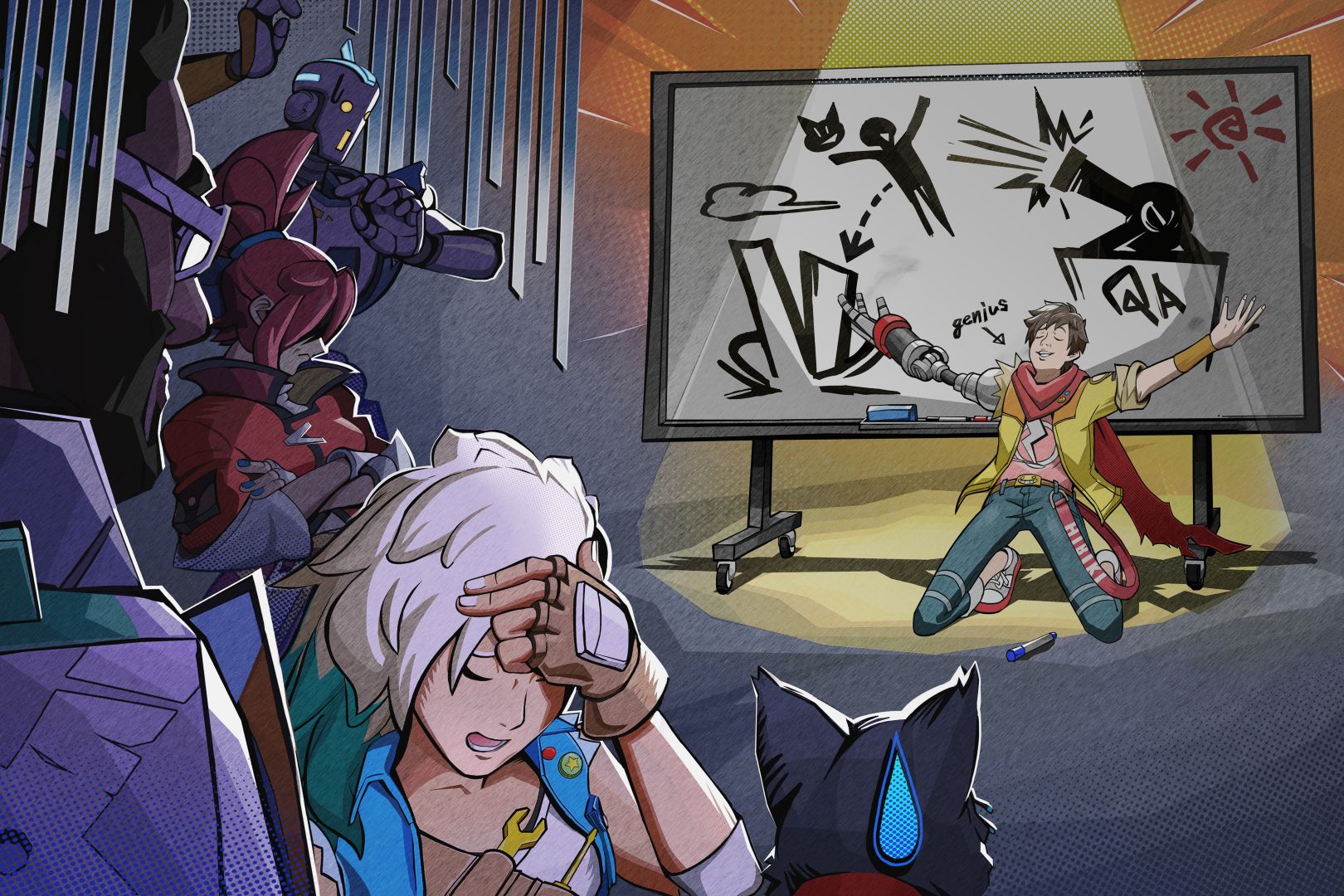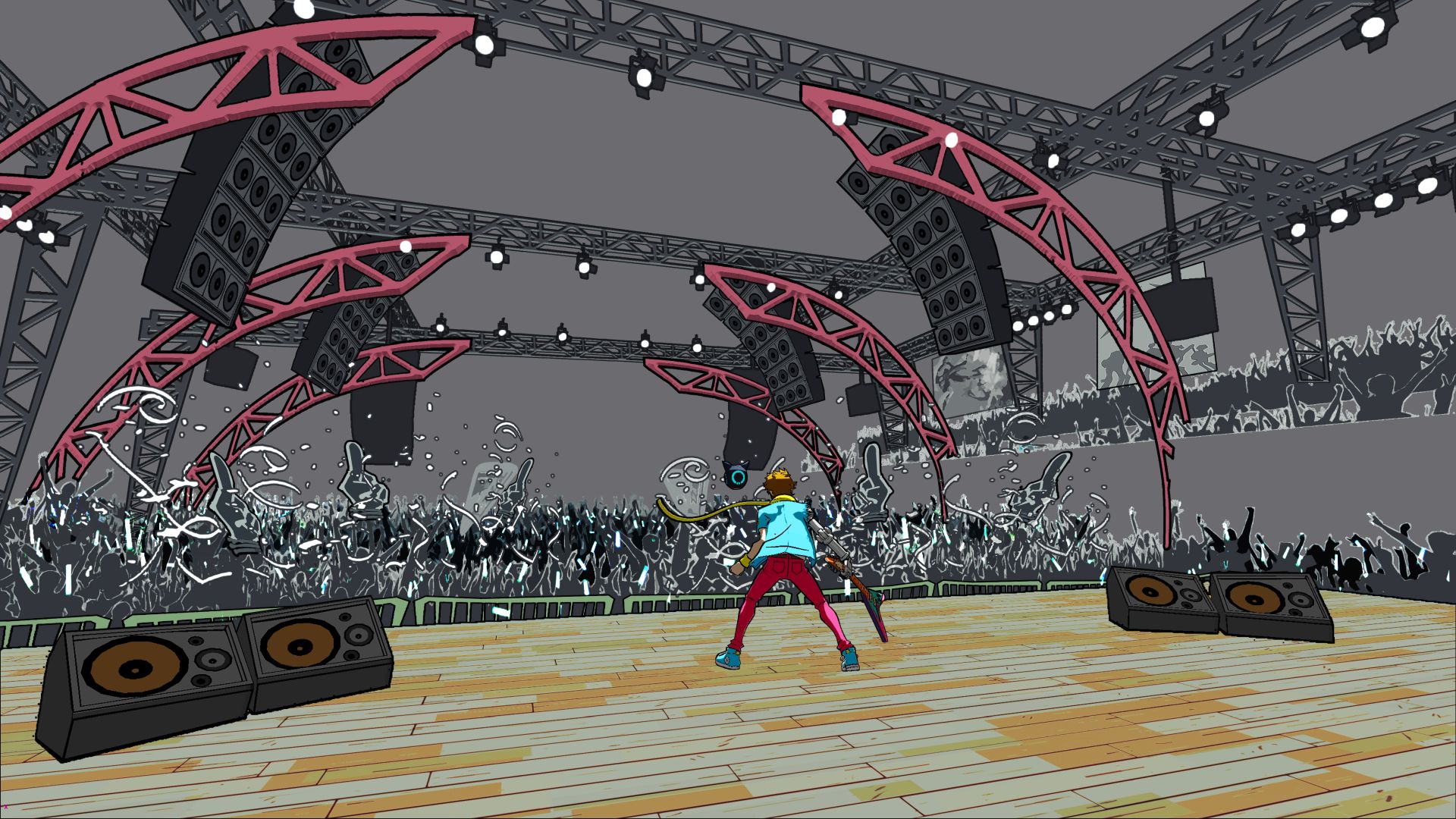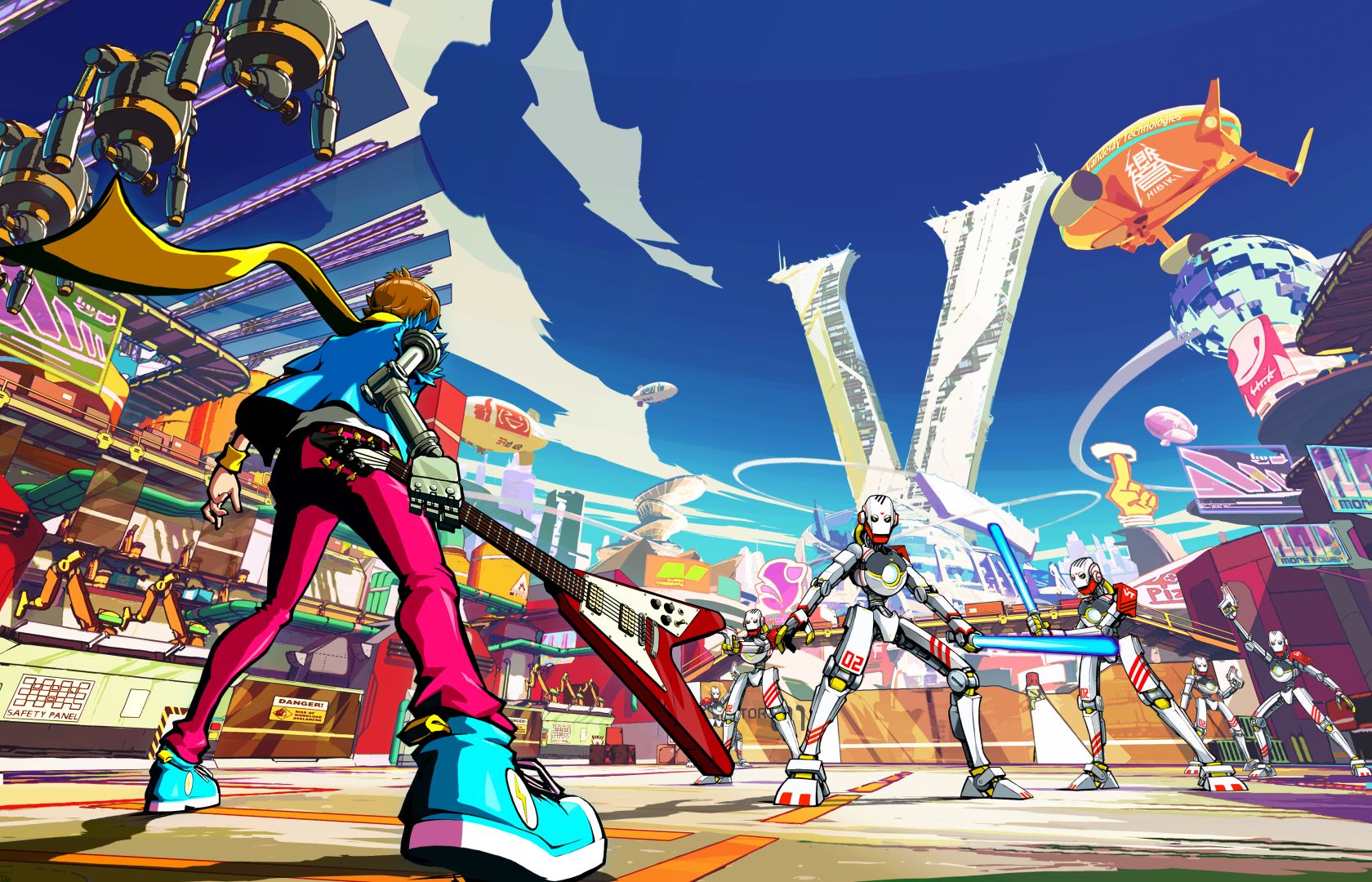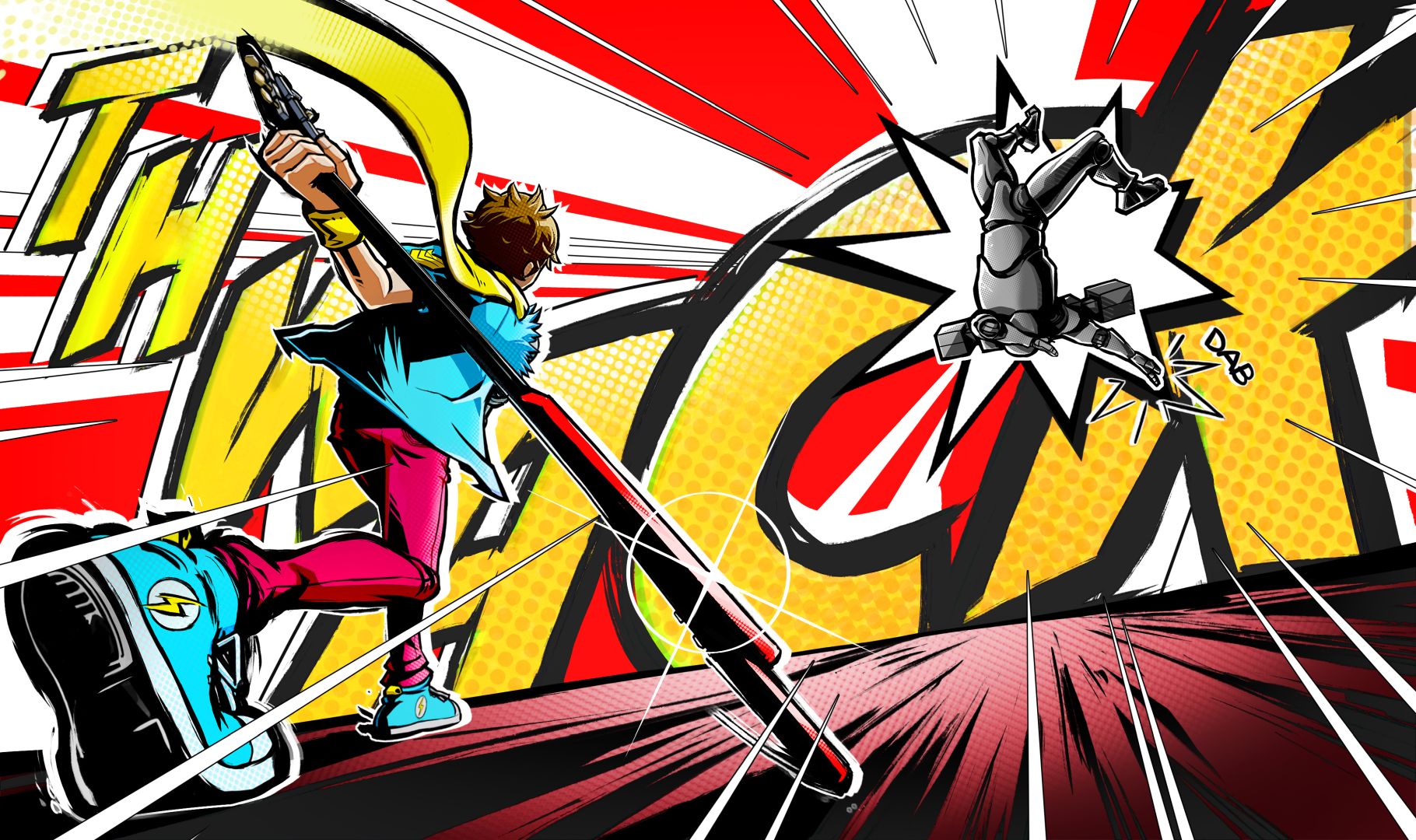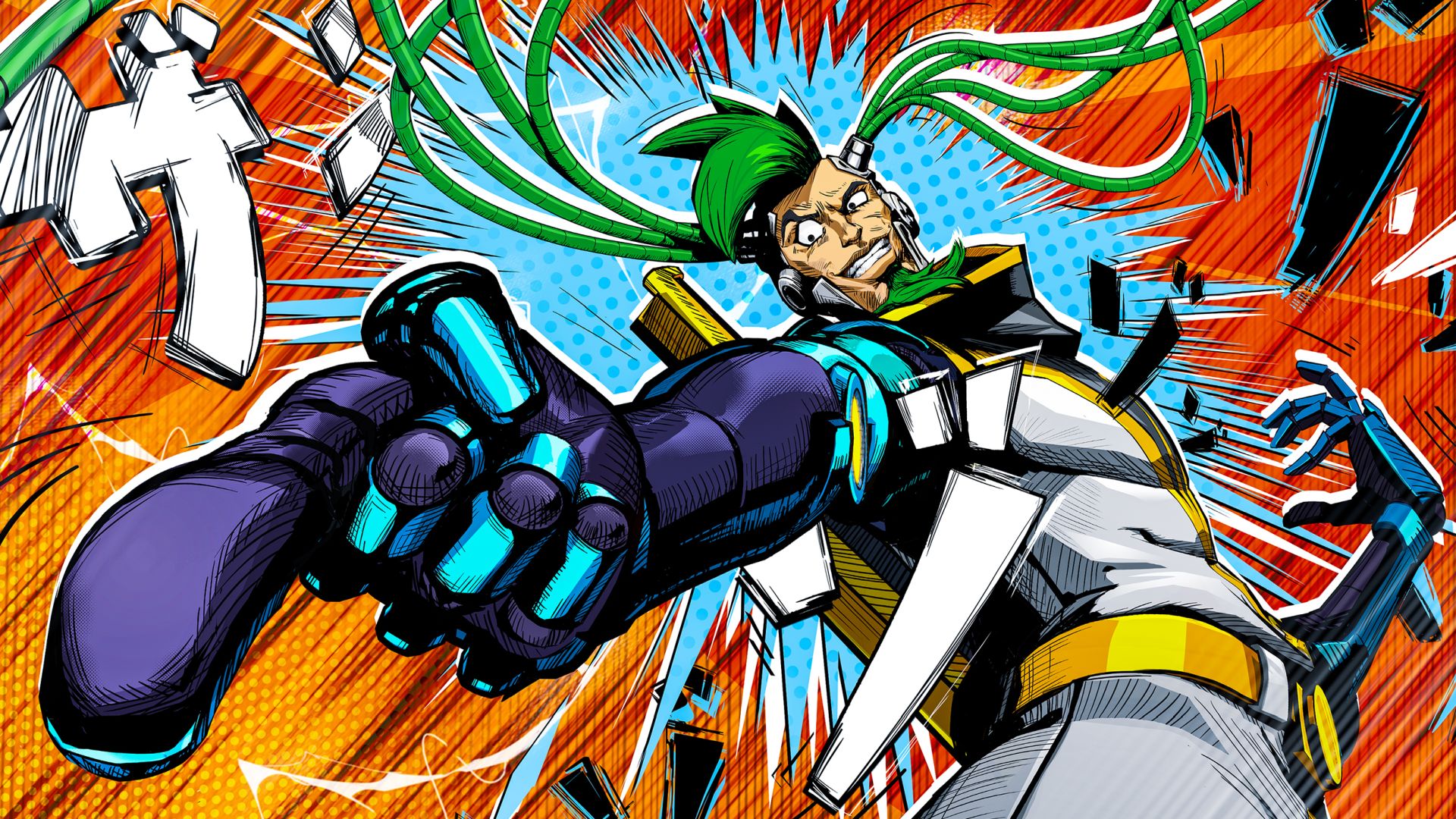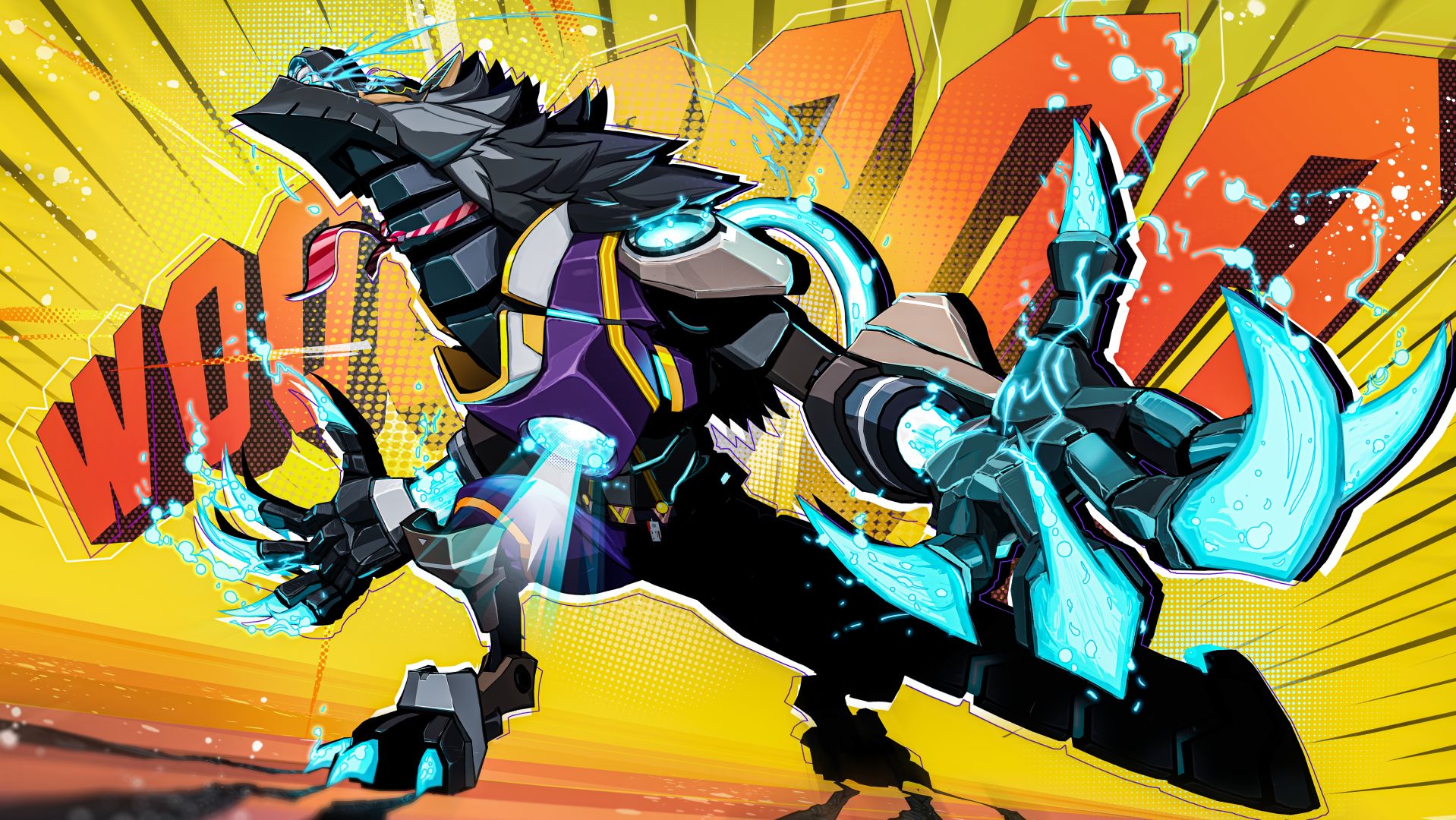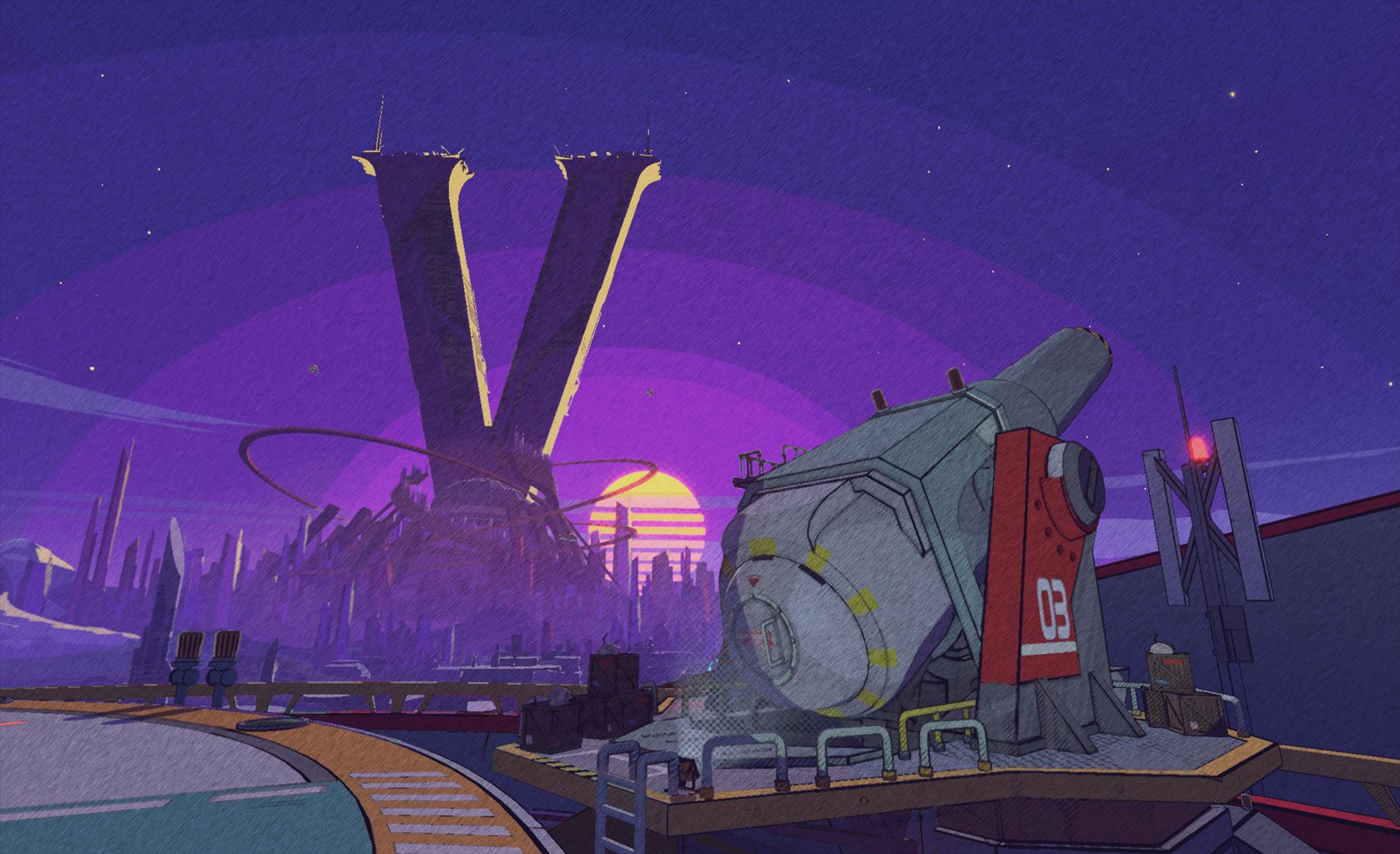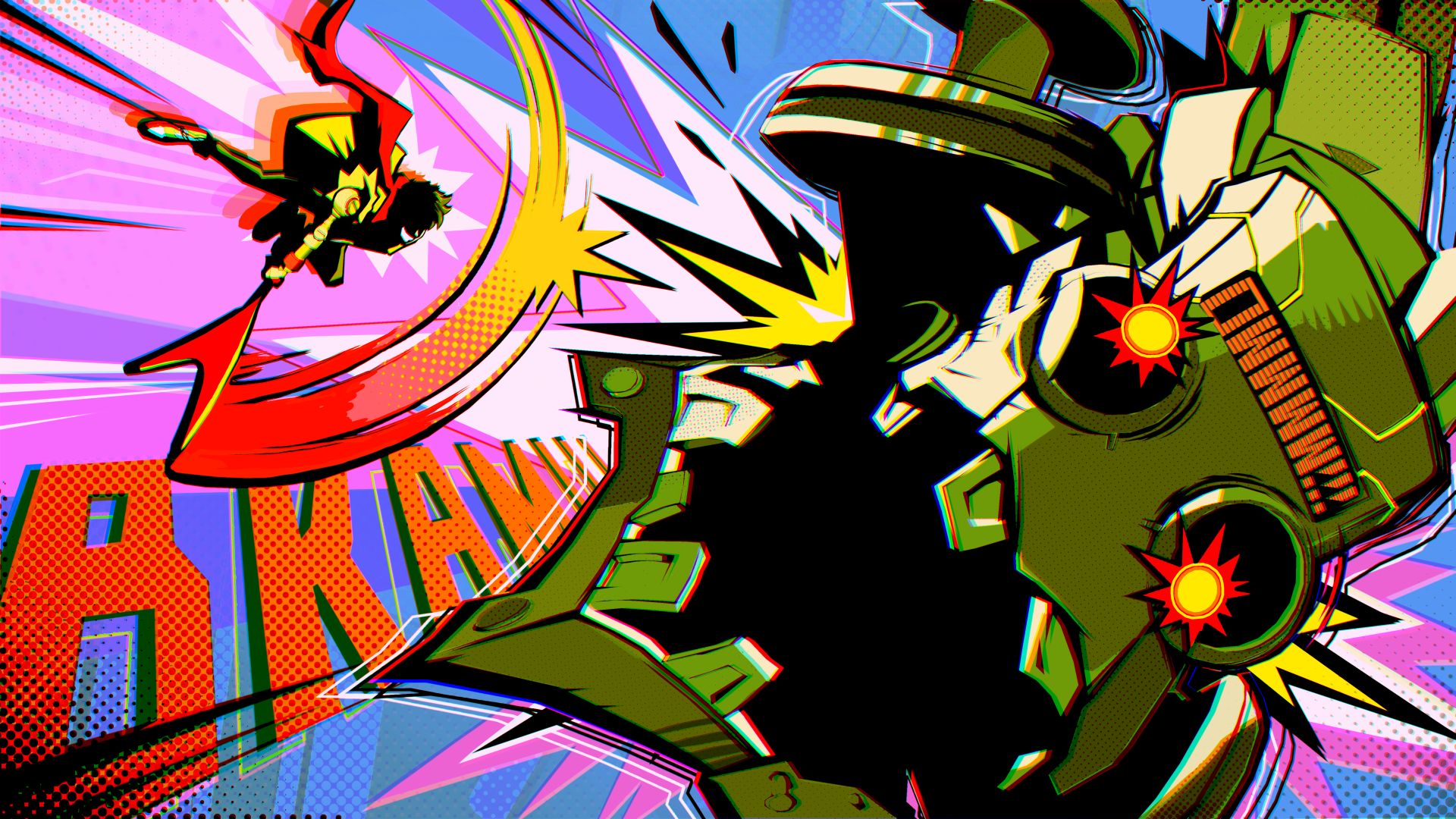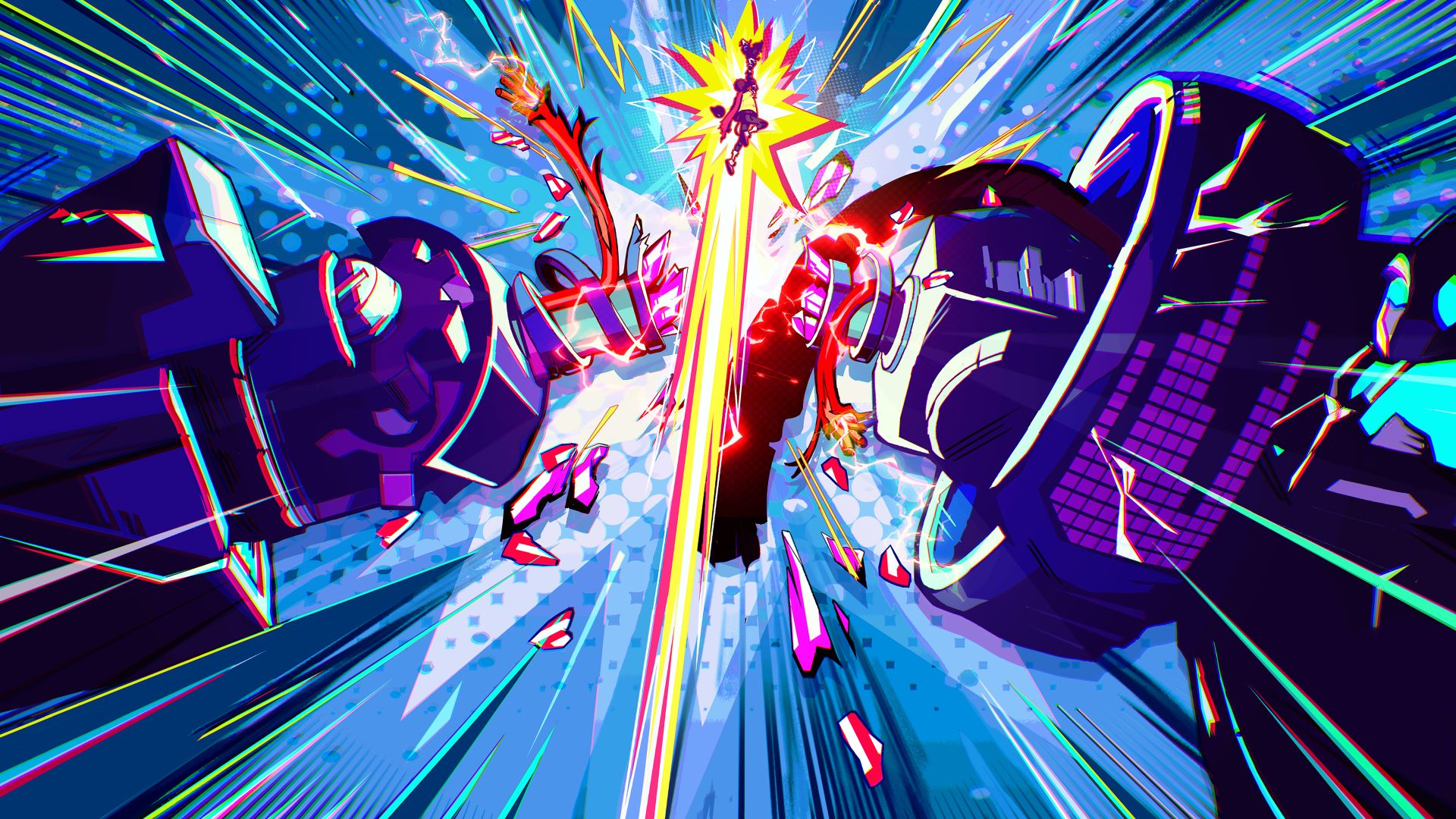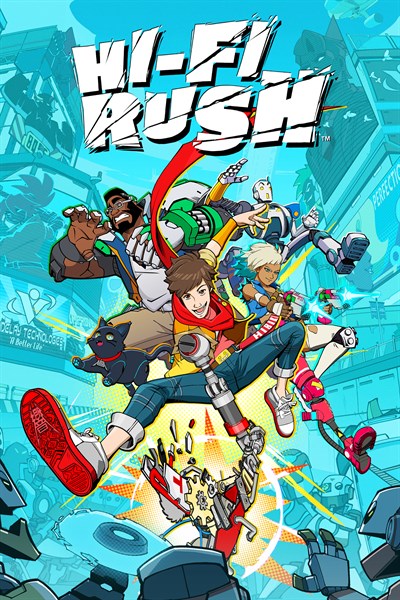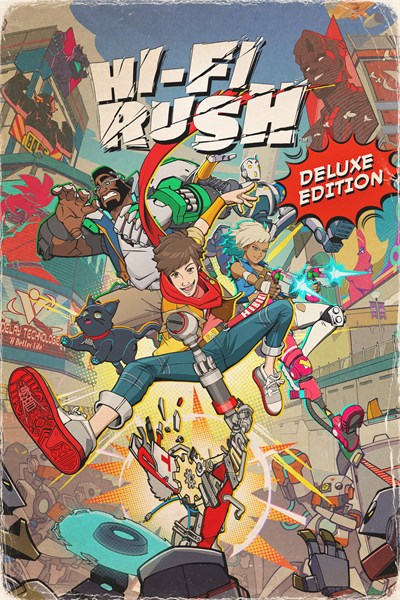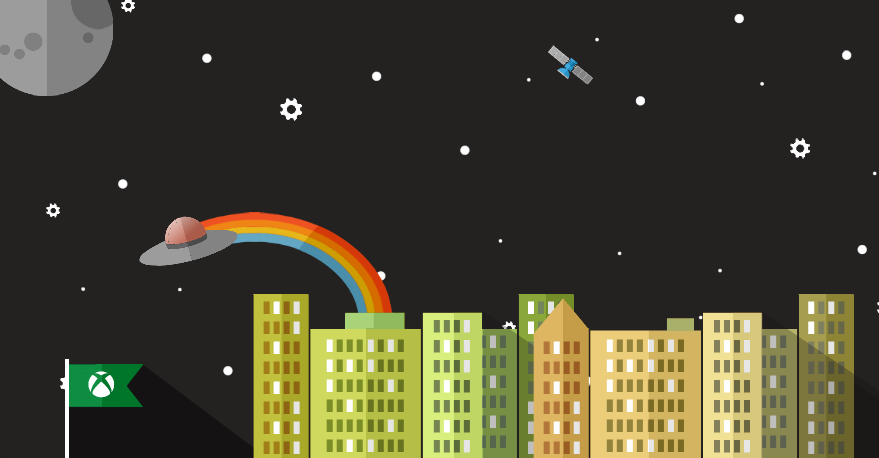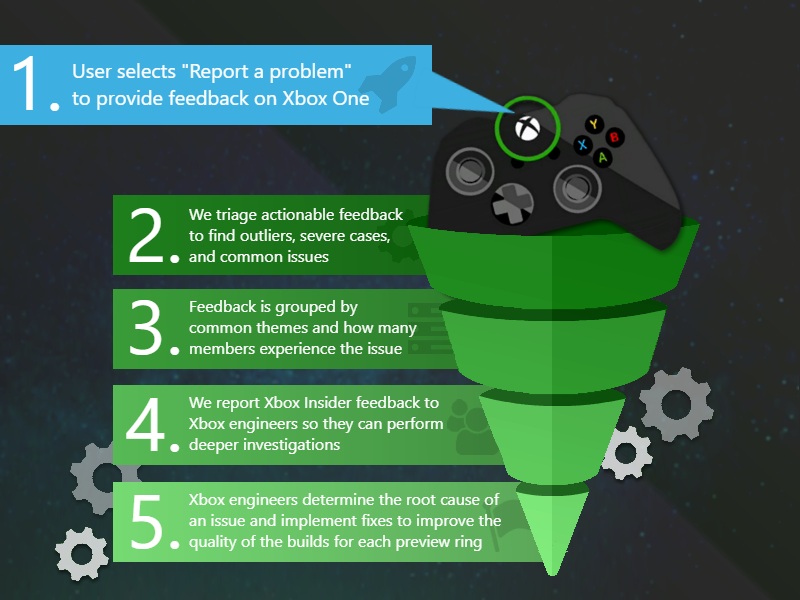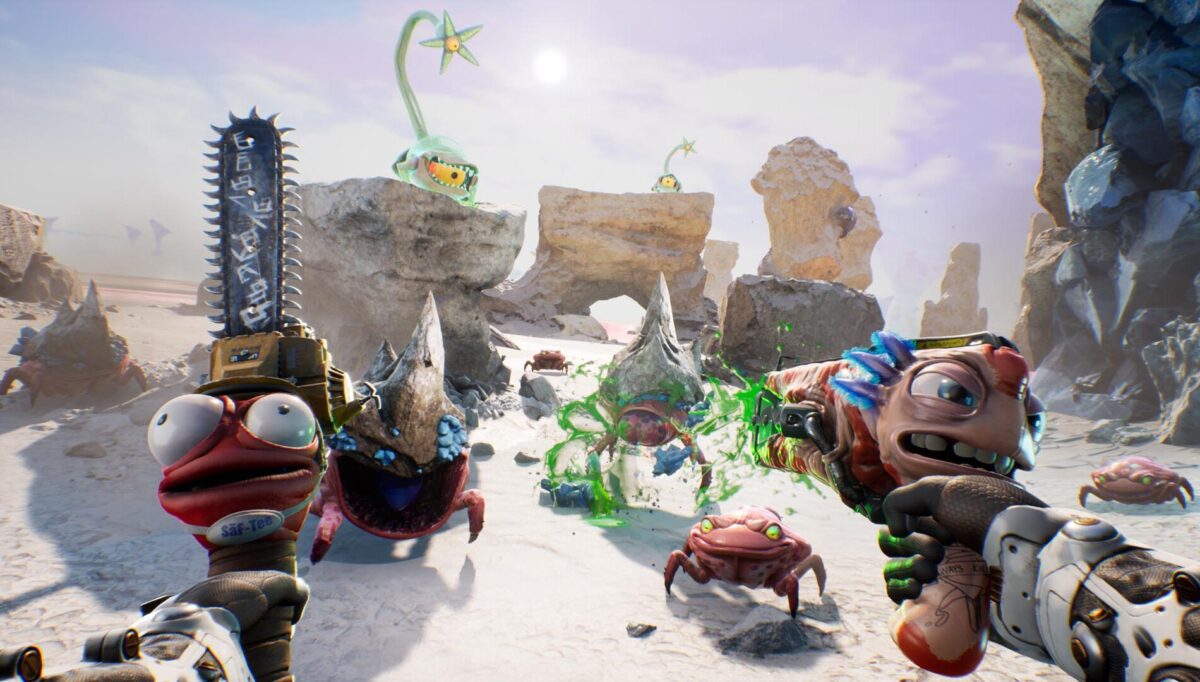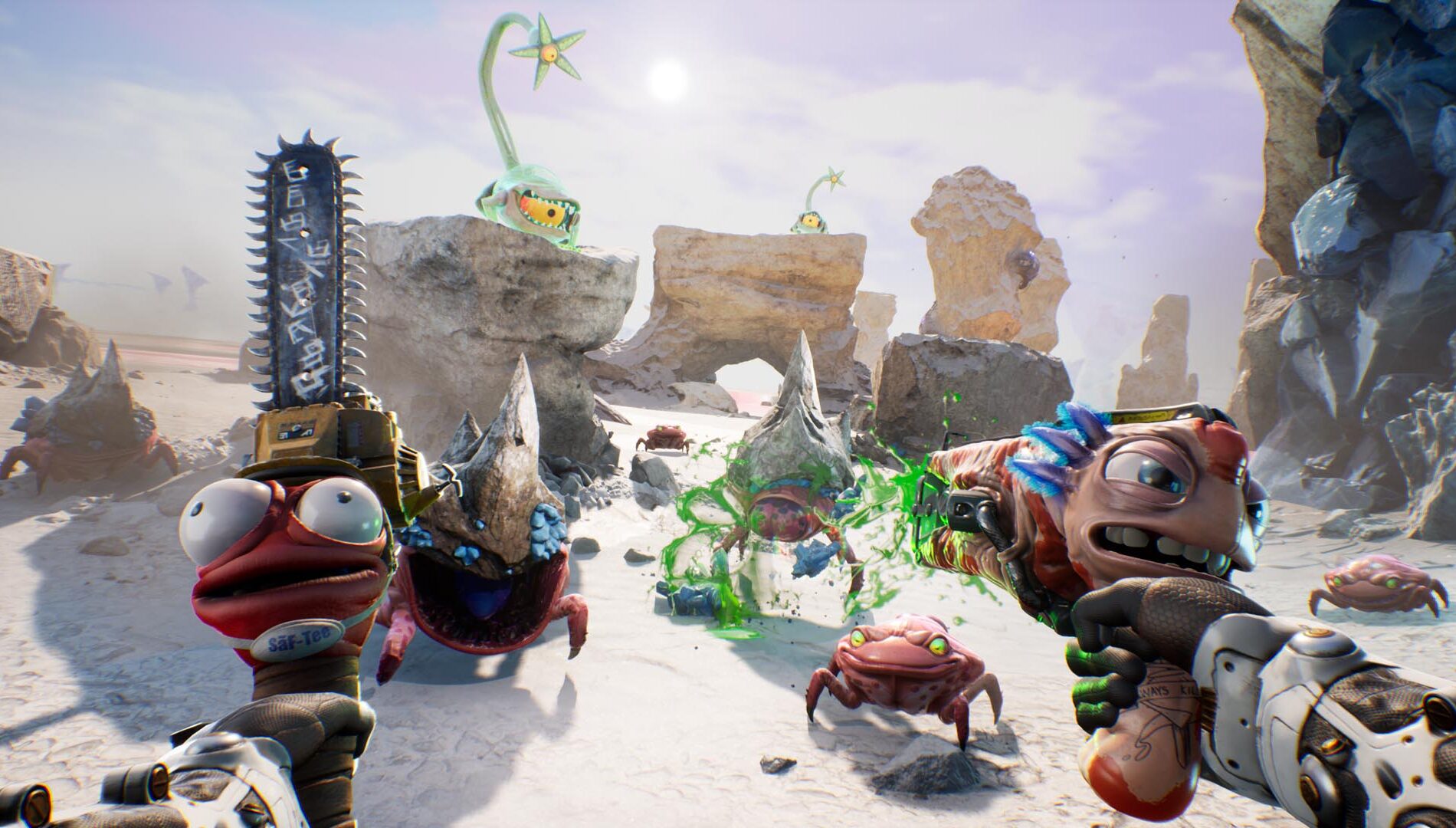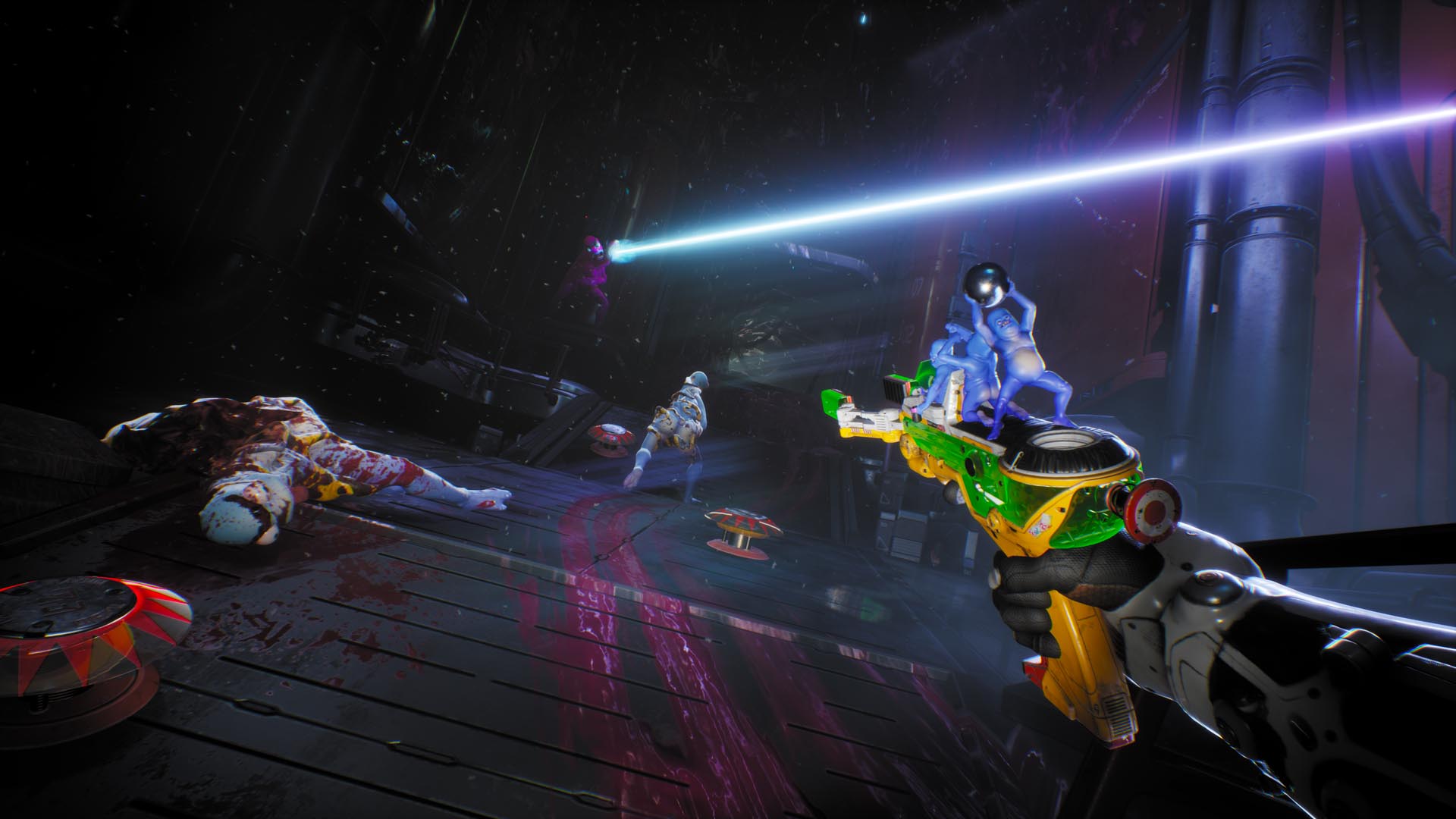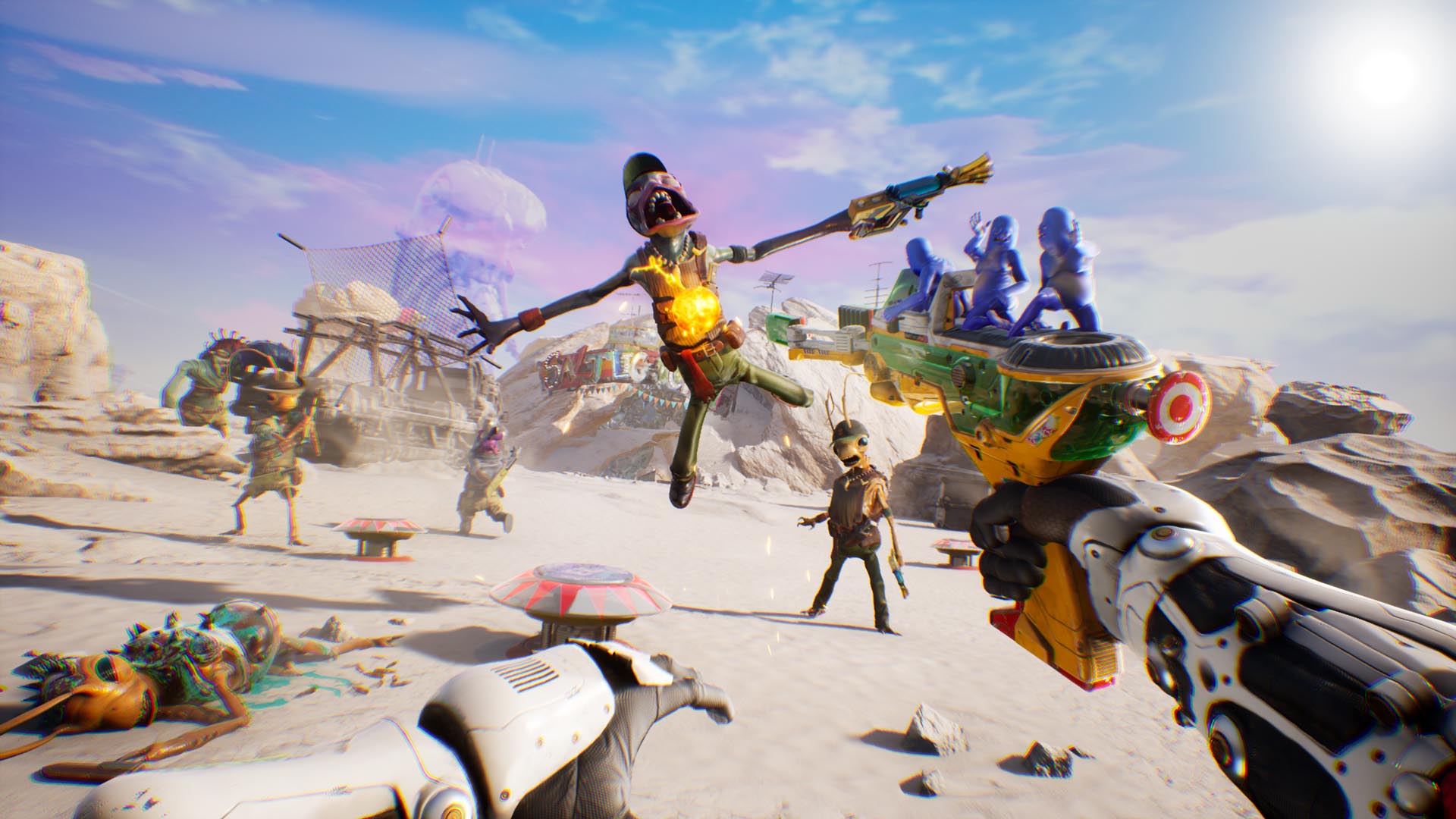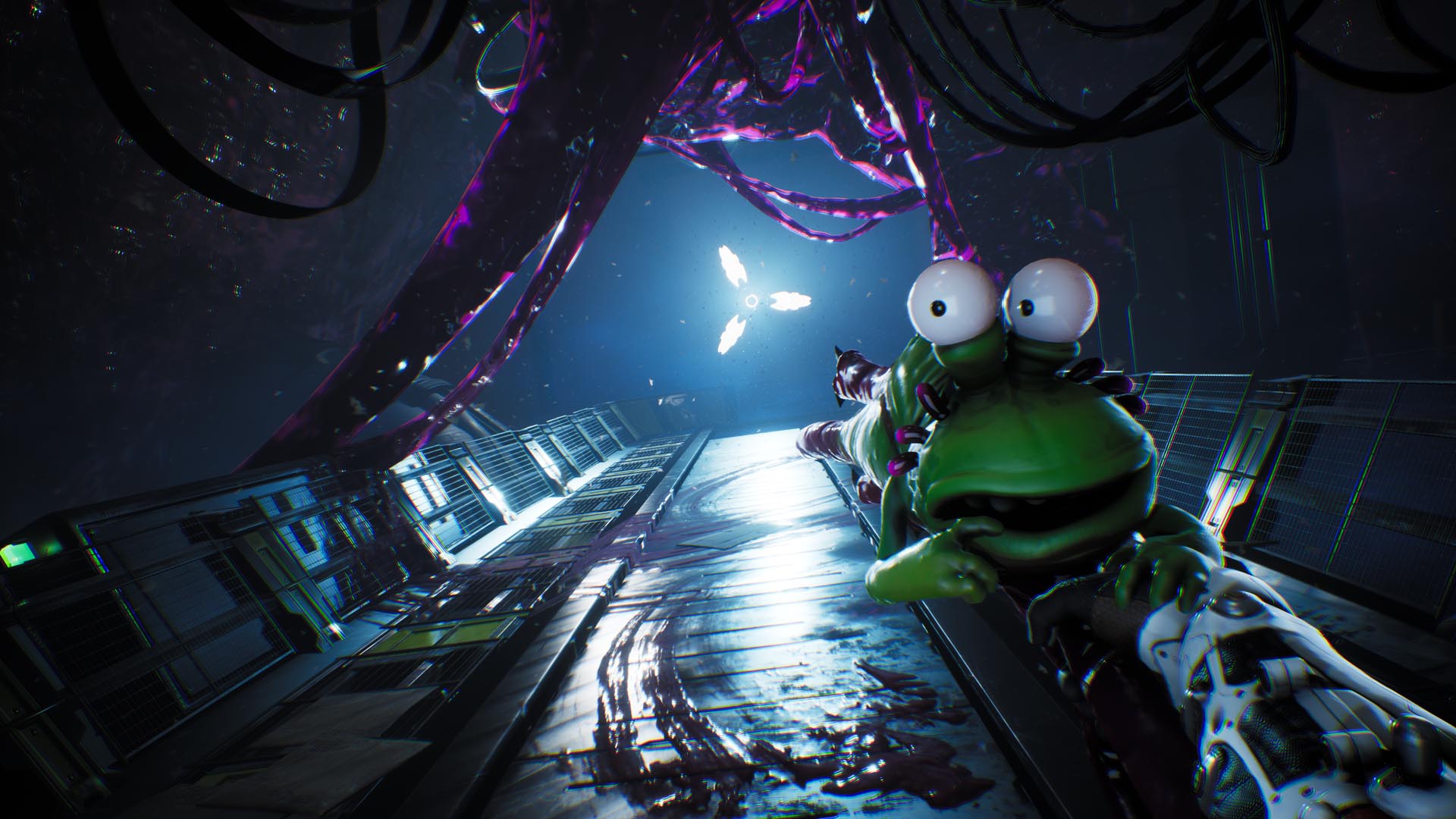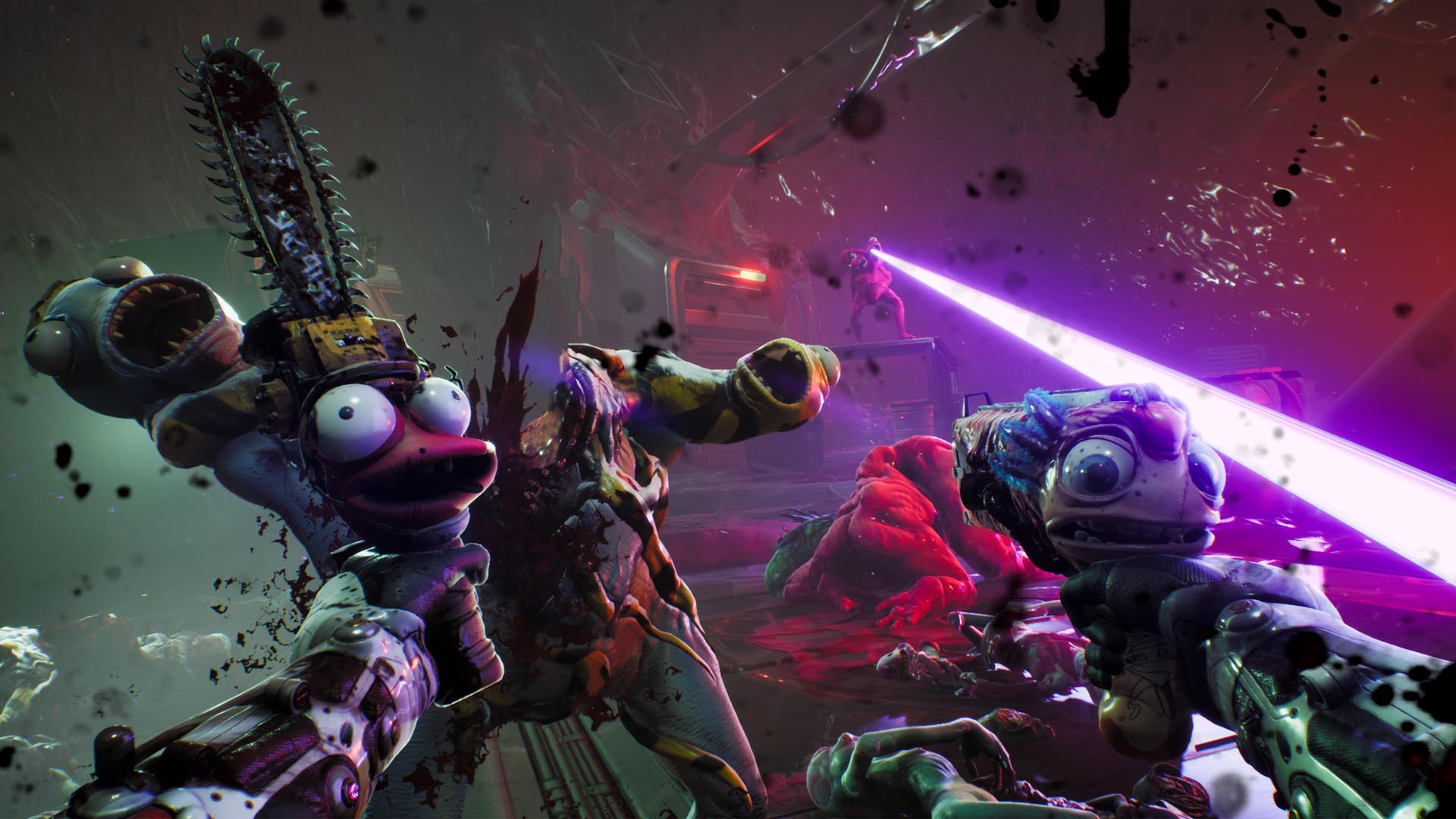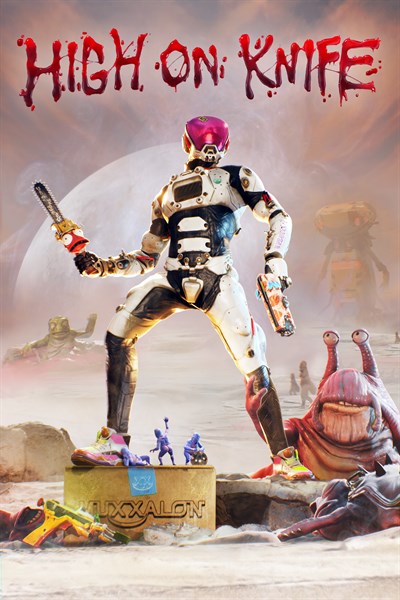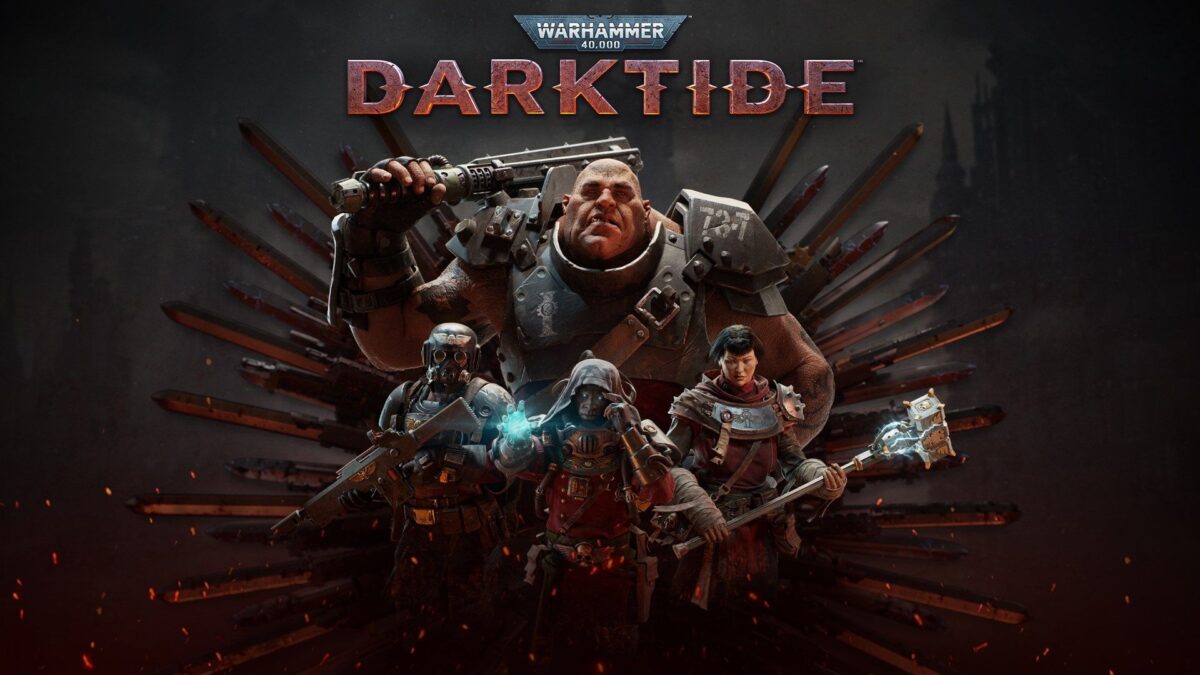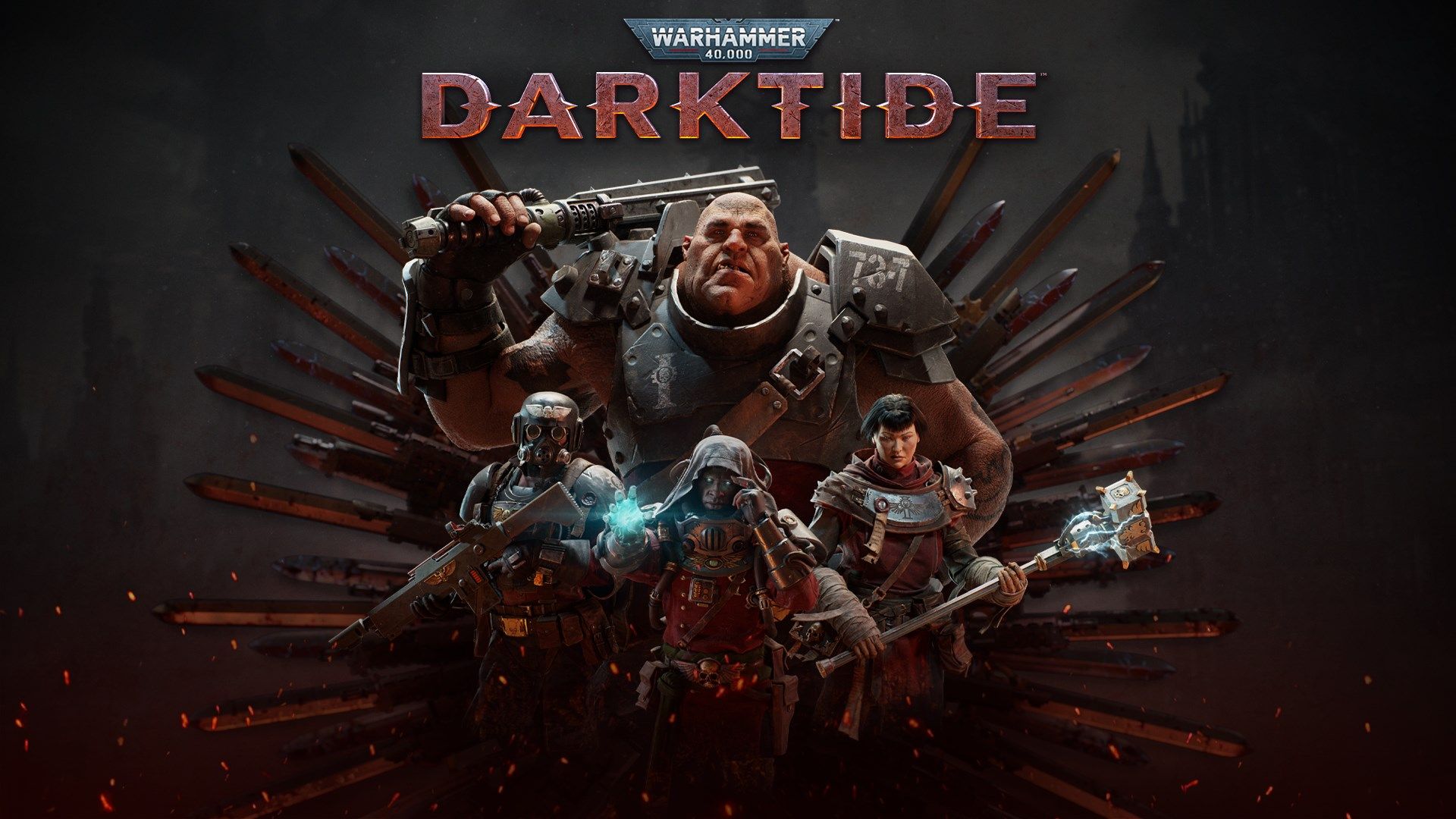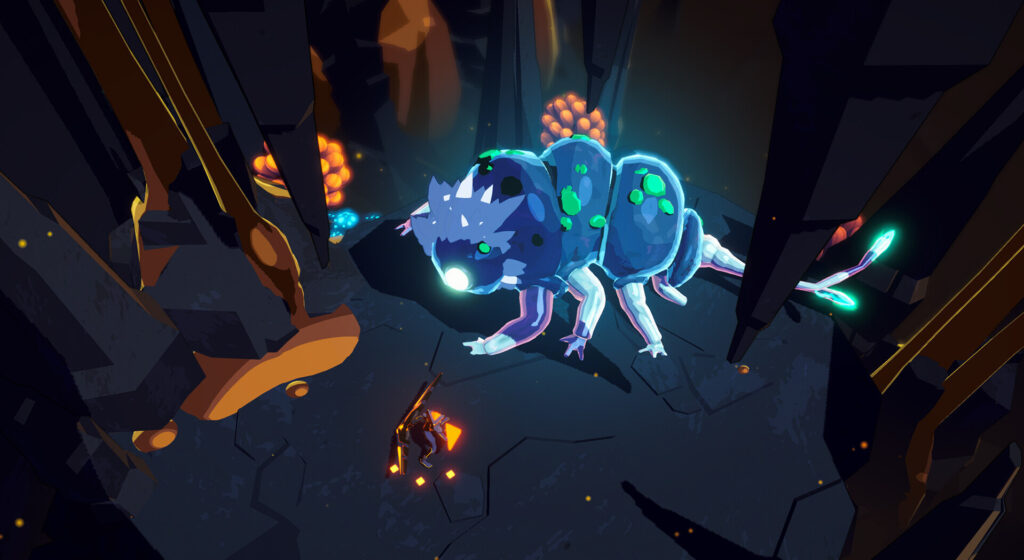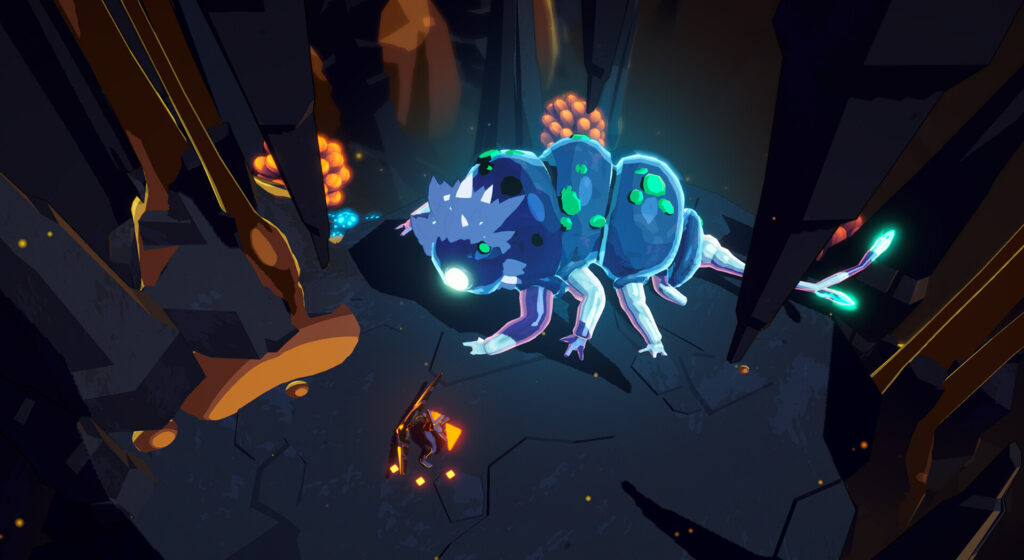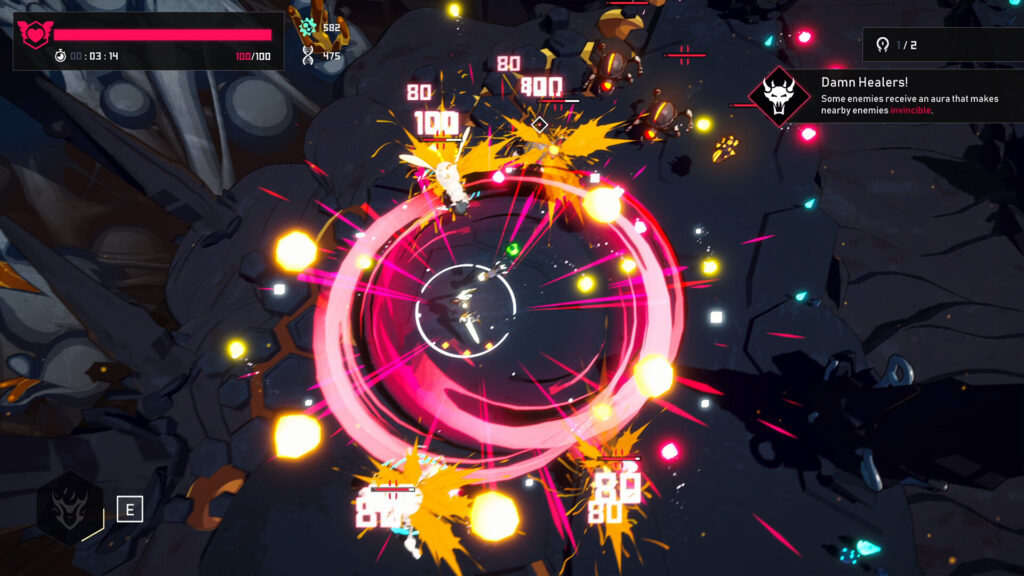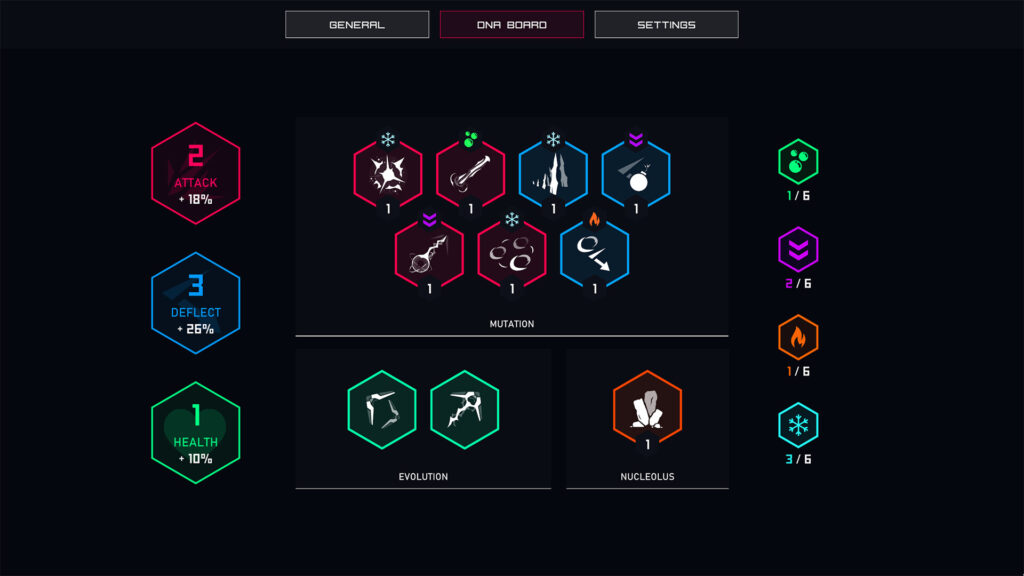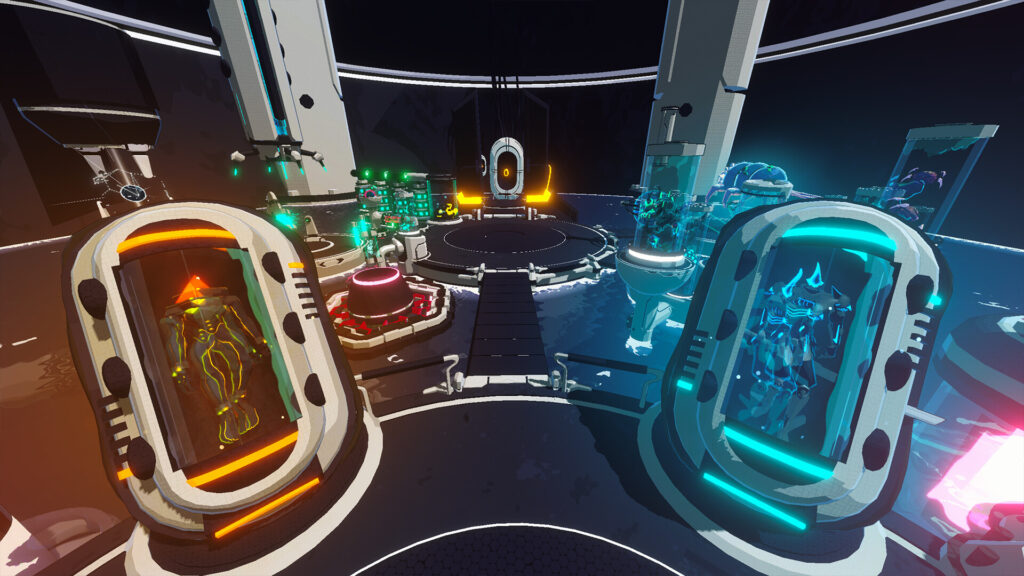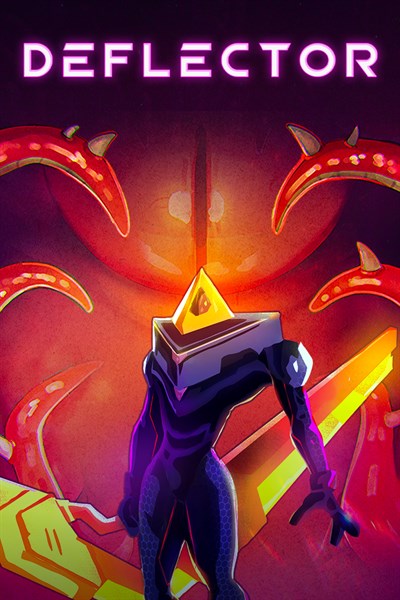Call of Duty: Next 2023 just wrapped up and brought us megaton bomb’s worth of new information about Call of Duty: Modern Warfare III. From its upcoming multiplayer Beta to new maps, modes, and more, we learned what this year’s instalment – celebrating 20 years of the series – will be bringing us when it launches on November 10 for Xbox Series X|S and Xbox One.
How to Play the Call of Duty: Modern Warfare III Open Beta
Can’t wait to play Modern Warfare III? You’re in luck, as we’ll see a huge multiplayer Open Beta this month. Downloadable from the Microsoft Store (and with early access for those with pre-orders), the Beta will offer a look at a massive swathe of maps, modes and gameplay. Here are all the details:
When can I play the Beta on Xbox?
If you’ve pre-ordered the game, you can play on Xbox Series X|S and Xbox One from 10am PT on October 12. If you’ve pre-ordered the game through a participating retailer, your receipt will include a Beta code to get you early access (or via email on an online receipt). All other players will get access from 10am PT on October 14.
What maps are in the Beta?
The Beta will include seven maps – five Core maps and two Ground War maps. The Core maps will comprise Favela (offering maze-like alleys and surprise attacks from rooftops), Estate (including a main lodge building, wooded areas, and outbuildings), Skidrow (an urban environment with tunnels and alleys for flanking opportunities), Rust (an infamous desert environment), and Highrise (an office rooftop with a helipad, maintenance tunnels and crane to fight across).
The Ground War maps are Popov Power Plant (a huge industrial area suited equally to sniping or vehicle combat) and Orlov Military Base (a densely packed base filled with warehouses and unexpected lines of sight).
What modes are in the Beta?
You’ll be able to play sevent different modes: Team Deathmatch, Domination, Hardpoint, Kill Confirmed, Cutthroat (a new mode, learn more below), Search & Destroy, and Ground War.
Can I earn rewards for Modern Warfare III in the Beta?
Yes! The Beta will feature a 30-level progression system, and reaching certain levels will offer rewards that will unlock in launch version of Modern Warfare III on November 10. Those rewards are:
- Level 2: Animated Emblem
- Level 7: Weapon Charm
- Level 9: Animated Calling Card
- Level 11: Sticker
- Level 15: Vinyl
- Level 20: Weapon Blueprint
- Level 24: Sticker
- Level 30: Operator Skin
Modern Warfare III Multiplayer – All the New Info and Changes
Sledgehammer Games developers Greg Reisdorf, Adam Iscove, and Kim Weigend came onstage to introduce us to Modern Warfare III’s multiplayer component. And they brought a lot to talk about:
Maps
While the developers confirmed that new Ground War maps will launch on day one, they focused primarily on Core maps for the game, showing off five of the 16 Core maps that will be available in the beta and coming at launch. All five are modernized versions of classic maps from Call of Duty: Modern Warfare 2 (2009): Favela, Estate, Skidrow, Rust, and Highrise.
The maps have been designed to retain the original designs that players love, but with new graphical power behind them. Most excitingly, we even saw how modes released after the Modern Warfare 2 – like Hardpoint and Kill Confirmed – will work in these classic locations.
We also learned that, after launch, Modern Warfare III will receive at least 12 new Core maps through seasonal content — all of which will be brand new.
Modes
Modern Warfare III will bring back many of the modes you already know, but adds a new one into the mix: Cutthroat. This 3v3v3 team mode uses Core maps, and offers each player only a single life per round. Each team needs to eliminate the other teams, or wait for overtime to capture a flag – balancing aggression and strategy in equal measure.
We also learned that Ground War will return, using sections of the new Call of Duty: Warzone map (more on that below) as its basis. Also returning, for the first time since Call of Duy: WWII, is War mode. This mode sees large teams of players fighting across a purpose-built map to complete multiple objectives, from escorting vehicles to capturing points and eventually launching and ICBM.
Gameplay Changes
While the core of multiplayer will remain familiar, the team introduced a lot of changes that should make it more compulsive than ever. Changes to movement will likely be the most immediate difference to seasoned player, allowing you to cancel slide and reload animations in a pinch, mantle objects more quickly, fire while sliding, and more. The new Tac-Stance even offers a mid-point between hip firing and aiming down sights, offering better movement speed at the cost of bullet spread.
While Modern Warfare III will carry over you inventory from the last game, the teams is also introducing a number of new weapons. Maxing out your level with a specific weapon won’t be the end of your time tinkering with it, either – the new Aftermarket Parts system will allow you to introduce new progression paths for your weapons. The results can be dramatic – handguns can be converted into SMGS, LMGs can get bullpup designs, and more.
There’s also a whole new Perks system based around your equipment. Perks are now represented physically by four different categories: Vest, Gloves, Boots, and Gear. Each choice of clothing or gear comes with a different Perk, meaning you’ll have the flexibility to create a perfect build.
Finally, we also got a look at new equipment you’ll be able to add to your Loadout. Breacher Drones are a new Lethal Equipment choice slow moving explosives that can be used as a devastating weapons, or a distraction. Mosquito Drones, meanwhile, are a new Killstreak that circle and area and divebomb enemies. We also saw two new Field upgrades, A.C.S. – an Automated Computer Spike that can contribute to your score by being tossed onto objective points and hack enemy equipment – and Comm Scrambler – which stops enemy Killstreals and Field Upgrades from working within a specific radius.
Modern Warfare III Warzone – All the New Info and Changes
Raven Software’s Senior Creative Director Ted Timmins, arrived to talk all things Warzone, and introduced its new map, Urzikstan. In this new outing, Urzikstan will be the home of both Warzone and Zombies. It comes with 11 major points of interest, as well as numerous smaller areas, all set within an autumnal location.
Along with bringing across the movement changes in Modern Warfare III’s multiplayer mode, Warzone also makes some changes of its own, from including the classic multiplayer minimap, to allowing you to manually stow your gasmask to stop animations interfering with those last-minute fights for a victory.
Urzikstan also brings some major new features to Warzone: Horizontal ziplines offer new ways to ambush or escape, a drivable train will become a unique moveable point of interest for players, and there’s a new Champions Quest for the most proficient players out there.
The Gulag – Warzone’s unique escape-from-death mechanic – will also see some interesting changes. Instead of an overtime flag, players will now need to escape from the gulag up an ascending zipwire (and can be shot off of it, too). Sometimes, the Gulag will go dark, forcing players to use Night Vision Goggles to survive even more tense encounters than usual. Finally, public events can now occur in the Gulag, offering extra challenges, but allowing players to return to the fray with more equipment.
Urzikstan doesn’t mean the end of previous maps’ time in Warzone – Vondel and Ashika Island will still be playable in specific modes, and Raven also announced that the Fortune’s Keep and Rebirth Island maps will return in future too.
Modern Warfare III Zombies – All the New Info and Changes
Modern Warfare III marks the first time that a Modern Warfare game has included a Zombies mode, and Kevin Drew and Miles Leslie of Treyarch joined the broadcast to talk us through this new take on the classic experience.
This new Zombies will be an open world PvE experience, in which multiple squads can (but very much don’t have to) work together to be extracted from an undead-infested Urzikstan – all set to a new story, Dark Aether. It’s not just the make-up of the mode that’s changed – Zombies will now include more enemies than ever before (including non-undead mercenaries), usable vehicles, and offers rewards and upgrades specifically for the mode. You’ll also be able to keep hold of weapons you’ve escaped with in future rounds, offering new reasons to replay.
It marks a perfect chance for new players to try out Zombies, but the team wants seasoned players to feel right at home.
Modern Warfare III Pre-order Rewards
Pre-orders don’t just get you early access to the Open Beta – you’ll also receive immediate rewards in both Call of Duty: Warzone and Call of Duty: Modern Warfare II, and further rewards when Modern Warfare III launches in November.
If you pre-order the Vault Edition, you can expect even more, offering Nemesis Pack Operators and two Weapon Vaults, all of which will unlock during the Beta. You’ll also receive the Soul Harvester Tracer Weapon Blueprint – this weapon brings a design straight out of the new Zombies mode, featuring a sinister design, tracer rounds and custom death effects. It’ll become available not only when Modern Warfare III launches, but also in Call of Duty: Warzone and Modern Warfare II from October 17.
Call of Duty: Modern Warfare III will launch on November 10 for Xbox Series X|S and Xbox One.

Call of Duty®: Modern Warfare® III – Vault Edition
Activision Publishing Inc.
– Early access to the Open Beta, starting October 12*
— Early Access is October 12 – 14 on Xbox One and Xbox Series X|S
— Open Beta access is available for all Xbox One and Xbox Series X|S players from October 14 – 16
– Play the Campaign up to a week early**
– Immediate access to content in Call of Duty®: Modern Warfare® II and Warzone . Also available in Modern Warfare® III at launch.
. Also available in Modern Warfare® III at launch.
— Soap Operator Pack***
— Zombie Ghost Operator Skin***
**Actual play time subject to possible outages and applicable time zone differences.
The Vault Edition Includes:
– Cross Gen Bundle of Call of Duty®: Modern Warfare® III
— Includes Xbox One and Xbox Series X|S versions of the game
– Nemesis Operator Pack
— 4 Operators Skins: Makarov, Warden, Price and Ghost
– 2 Weapon Vaults****
– BlackCell (1 Season) + 30 additional Tier Skips*****
— BlackCell Includes: Battle Pass, 20 Tier Skips, 1,100 CP and more
ADAPT OR DIE IN A FIGHT AGAINST THE ULTIMATE THREAT
In the direct sequel to the record-breaking Call of Duty®: Modern Warfare® II, Captain Price and Task Force 141 face off against the ultimate threat. The ultranationalist war criminal Vladimir Makarov is extending his grasp across the world causing Task Force 141 to fight like never before.
IT’S TIME TO SETTLE OLD SCORES AND START NEW ONES
Modern Warfare® III celebrates the 20th anniversary of Call of Duty® with one of the greatest collections of Multiplayer maps ever assembled – both fan favorites and all new ones. All 16 launch maps from the original Modern Warfare® 2 (2009) have been modernized with new modes and gameplay features and will be available at launch to get everyone started, while over 12 all-new core 6v6 maps will fuel post-launch live seasons.
ALL NEW OPEN WORLD ZOMBIES
For the first time, team up with other squads to survive and fight massive hordes of the undead in the largest Call of Duty® Zombies map ever. Modern Warfare® Zombies (MWZ) tells a new Treyarch Zombies story with missions, core Zombies features, and secrets to discover.
*Actual platform availability and launch date(s) of Beta subject to change. See www.callofduty.com/beta for more details. Minimum Open Beta duration is 2 days. Limited time only. Internet connection required and online Multiplayer subscription may be required.
**Actual play time subject to possible outages and applicable time zone differences.
***Call of Duty®: Modern Warfare® II / Call of Duty®: Warzone on Xbox One / Xbox Series X|S required to redeem. Sold / downloaded separately. Must be redeemed by November 10th, 2024.
on Xbox One / Xbox Series X|S required to redeem. Sold / downloaded separately. Must be redeemed by November 10th, 2024.
****Weapon Vault design limited to Weapon Vault contents at launch.
*****Battle Pass, Call of Duty® points, and Tier Skips will be accessible in Modern Warfare® III once the Season 1 Battle Pass is made available in game. Battle Pass redemption applies to one Season of Modern Warfare® III Battle Pass only.
For more information, please visit www.callofduty.com.
© 2023 Activision Publishing, Inc. ACTIVISION, CALL OF DUTY, CALL OF DUTY WARZONE, and MODERN WARFARE are trademarks of Activision Publishing, Inc. All other trademarks and trade names are the property of their respective owners. This product contains software technology licensed from Id Software (‘Id Technology’). Id Technology © 1999-2023 Id Software, Inc.

Call of Duty®: Modern Warfare® III – Cross-Gen Bundle
Activision Publishing Inc.
– Early access to the Open Beta, starting October 12*
— Early Access is October 12 – 14 on Xbox One and Xbox Series X|S
— Open Beta access is available for all Xbox One and Xbox Series X|S players from October 14 – 16
– Play the Campaign up to a week early**
– Immediate access to content in Call of Duty®: Modern Warfare® II and Warzone . Also available in Modern Warfare® III at launch.
. Also available in Modern Warfare® III at launch.
— Soap Operator Pack***
— Zombie Ghost Operator Skin***
**Actual play time subject to possible outages and applicable time zone differences.
Includes:
– Cross Gen Bundle of Call of Duty®: Modern Warfare® III
— Includes Xbox One and Xbox Series X|S versions of the game
ADAPT OR DIE IN A FIGHT AGAINST THE ULTIMATE THREAT
In the direct sequel to the record-breaking Call of Duty®: Modern Warfare® II, Captain Price and Task Force 141 face off against the ultimate threat. The ultranationalist war criminal Vladimir Makarov is extending his grasp across the world causing Task Force 141 to fight like never before.
IT’S TIME TO SETTLE OLD SCORES AND START NEW ONES
Modern Warfare® III celebrates the 20th anniversary of Call of Duty® with one of the greatest collections of Multiplayer maps ever assembled – both fan favorites and all new ones. All 16 launch maps from the original Modern Warfare® 2 (2009) have been modernized with new modes and gameplay features and will be available at launch to get everyone started, while over 12 all-new core 6v6 maps will fuel post-launch live seasons.
ALL NEW OPEN WORLD ZOMBIES
For the first time, team up with other squads to survive and fight massive hordes of the undead in the largest Call of Duty® Zombies map ever. Modern Warfare® Zombies (MWZ) tells a new Treyarch Zombies story with missions, core Zombies features, and secrets to discover.
*Actual platform availability and launch date(s) of Beta subject to change. See www.callofduty.com/beta for more details. Minimum Open Beta duration is 2 days. Limited time only. Internet connection required and online Multiplayer subscription may be required.
**Actual play time subject to possible outages and applicable time zone differences.
***Call of Duty®: Modern Warfare® II / Call of Duty®: Warzone on Xbox One / Xbox Series X|S required to redeem. Sold / downloaded separately. Must be redeemed by November 10th, 2024.
on Xbox One / Xbox Series X|S required to redeem. Sold / downloaded separately. Must be redeemed by November 10th, 2024.
For more information, please visit www.callofduty.com.
© 2023 Activision Publishing, Inc. ACTIVISION, CALL OF DUTY, CALL OF DUTY WARZONE, and MODERN WARFARE are trademarks of Activision Publishing, Inc. All other trademarks and trade names are the property of their respective owners. This product contains software technology licensed from Id Software (‘Id Technology’). Id Technology © 1999-2023 Id Software, Inc.

Call of Duty®: Warzone
Activision Publishing Inc.
 , the massive free-to-play combat arena which now features the brand-new map, Al Mazrah.
, the massive free-to-play combat arena which now features the brand-new map, Al Mazrah.
Turn the Heat Up
Join forces with your friends and jump into a sprawling battleground in the metropolitan area and rural outskirts within the Republic of Adal.
Loot For Rewards
Discover supply boxes and complete contracts to build your arsenal and gain a tactical advantage.
Introducing DMZ Mode
Drop into the all-new sandbox objective-based mode to choose your own experience within the warzone and collecting gear to keep in your Call of Duty®: Warzone inventory.
inventory.
Purchase the Call of Duty®: Modern Warfare® II Vault Edition and get the Red Team 141 Operator Pack, FJX Cinder Weapon Vault*, 10 hours of 2XP, 10 hours of Weapons 2XP, Battle Pass and 50 Tier Skips** – also usable in Warzone .
.
An Xbox Live Gold subscription is not required to play the Warzone game mode. All other online modes still require Xbox Live Gold.
game mode. All other online modes still require Xbox Live Gold.
*Weapon Vault design limited to Weapon Vault contents at launch.
**Battle Pass redemption applies to one season of Modern Warfare® II Battle Pass only.
For more information, please visit www.callofduty.com.
© 2022-2023 Activision Publishing, Inc. ACTIVISION, CALL OF DUTY, MODERN WARFARE and CALL OF DUTY WARZONE are trademarks of Activision Publishing, Inc. All other trademarks and trade names are the properties of their respective owners. This product contains software technology licensed from Id Software (‘Id Technology’). Id Technology © 1999-2023 Id Software, Inc.
The post Call of Duty Next: Everything Announced for Modern Warfare III, From the Beta to Zombies appeared first on Xbox Wire.

